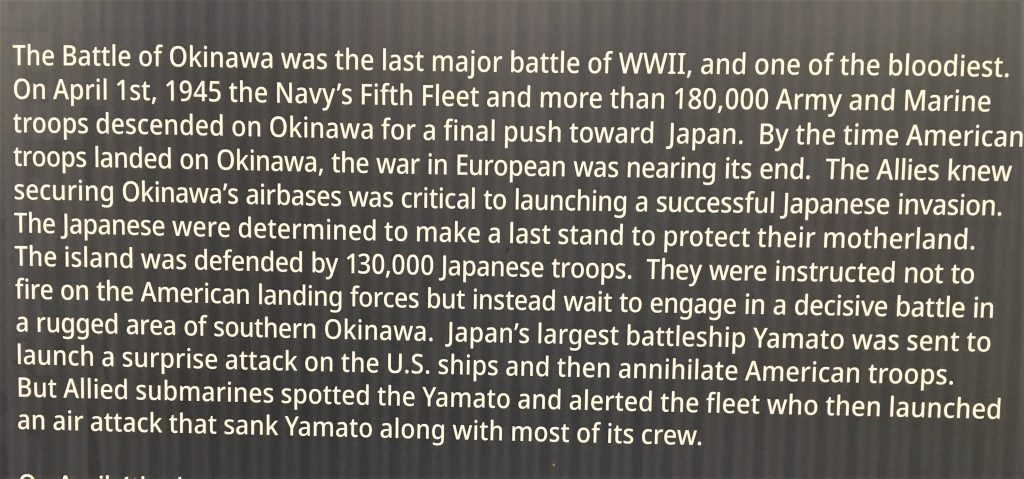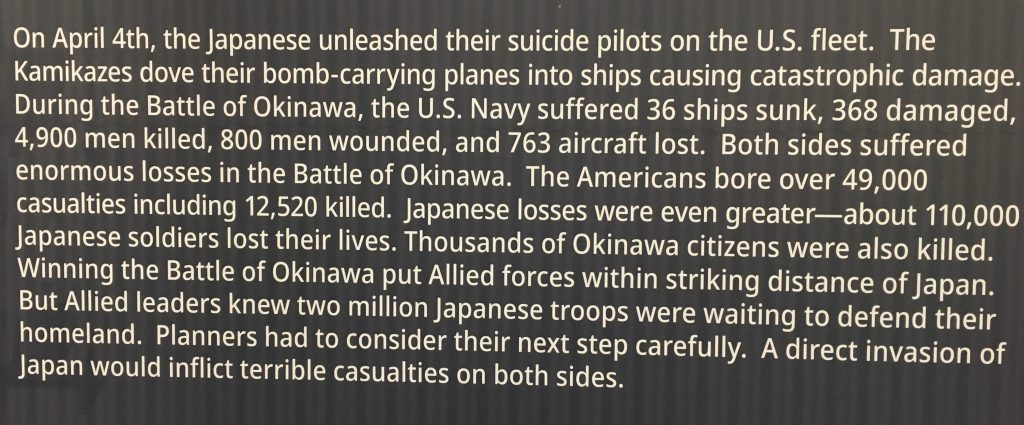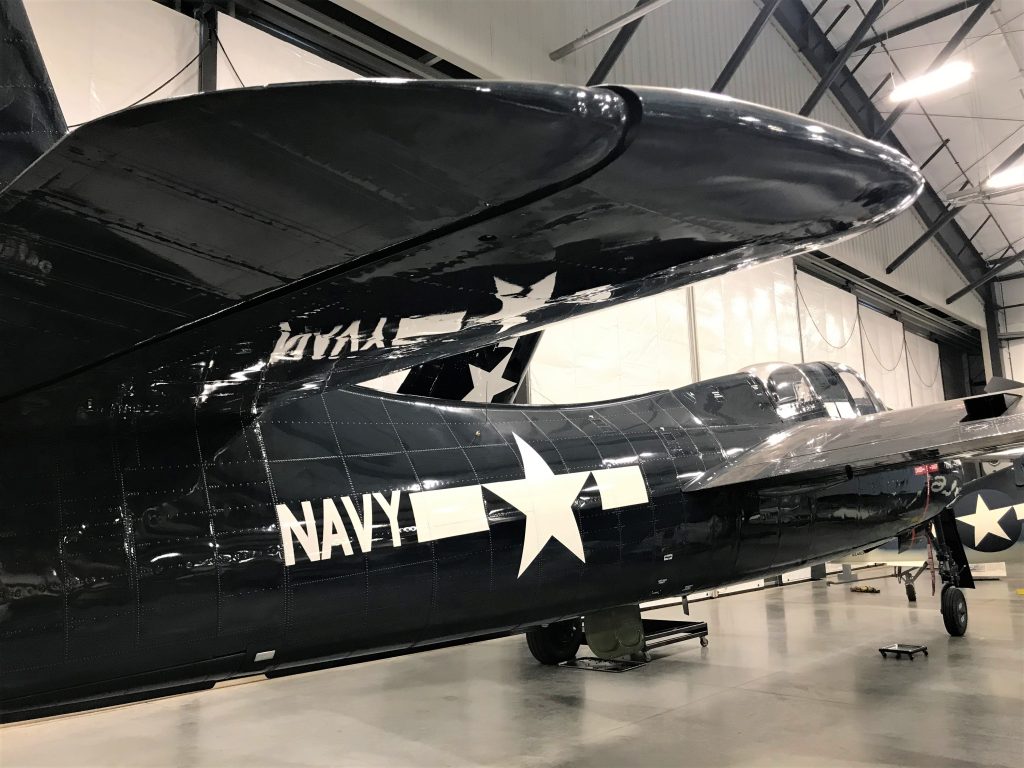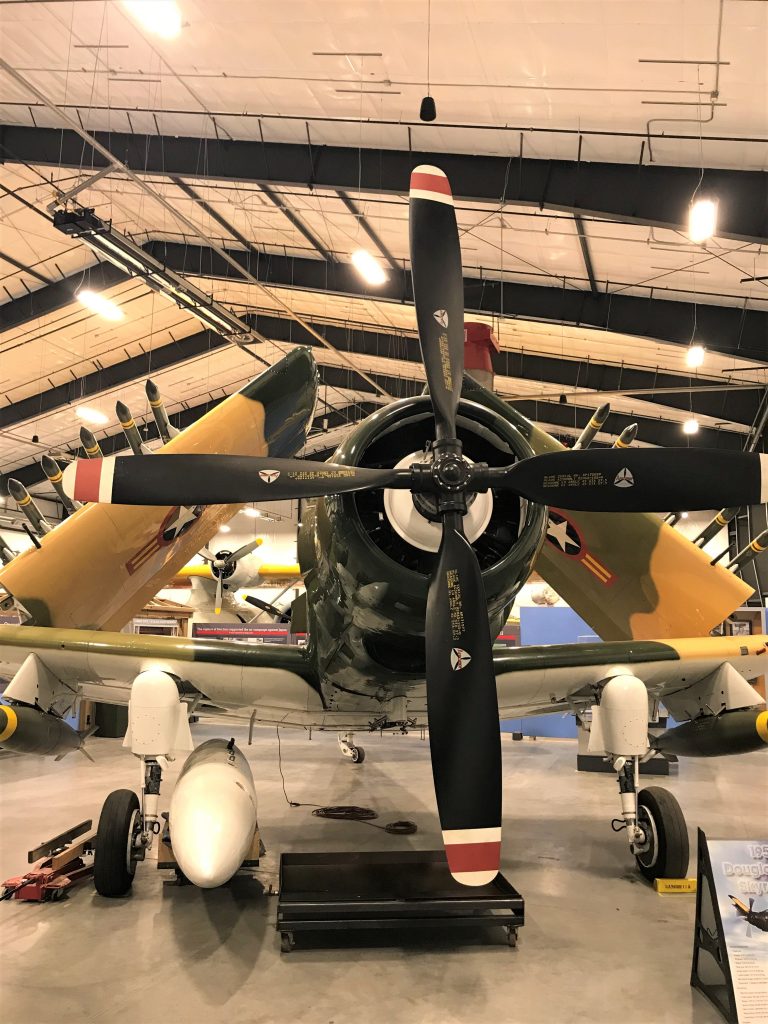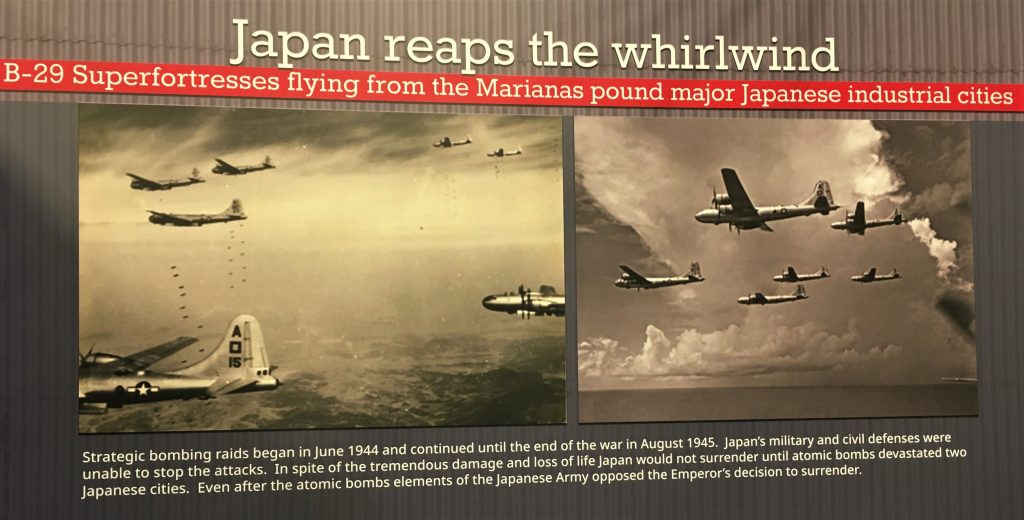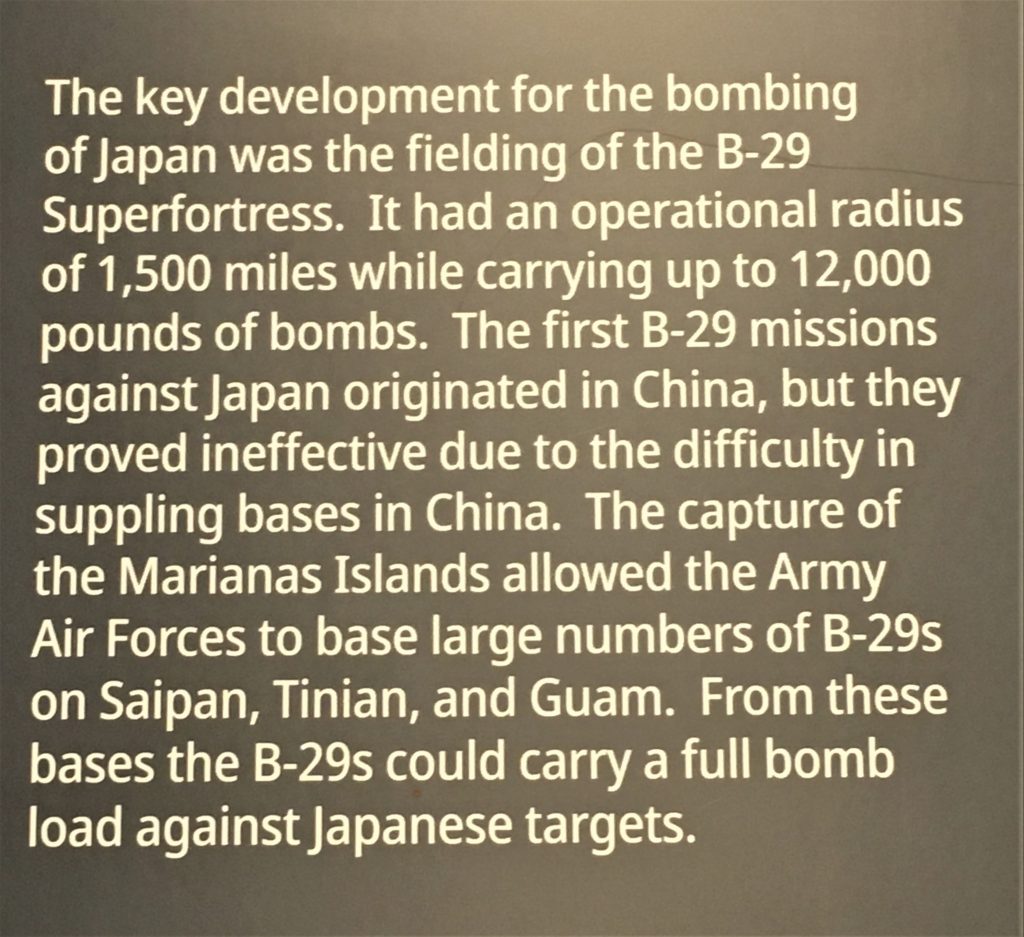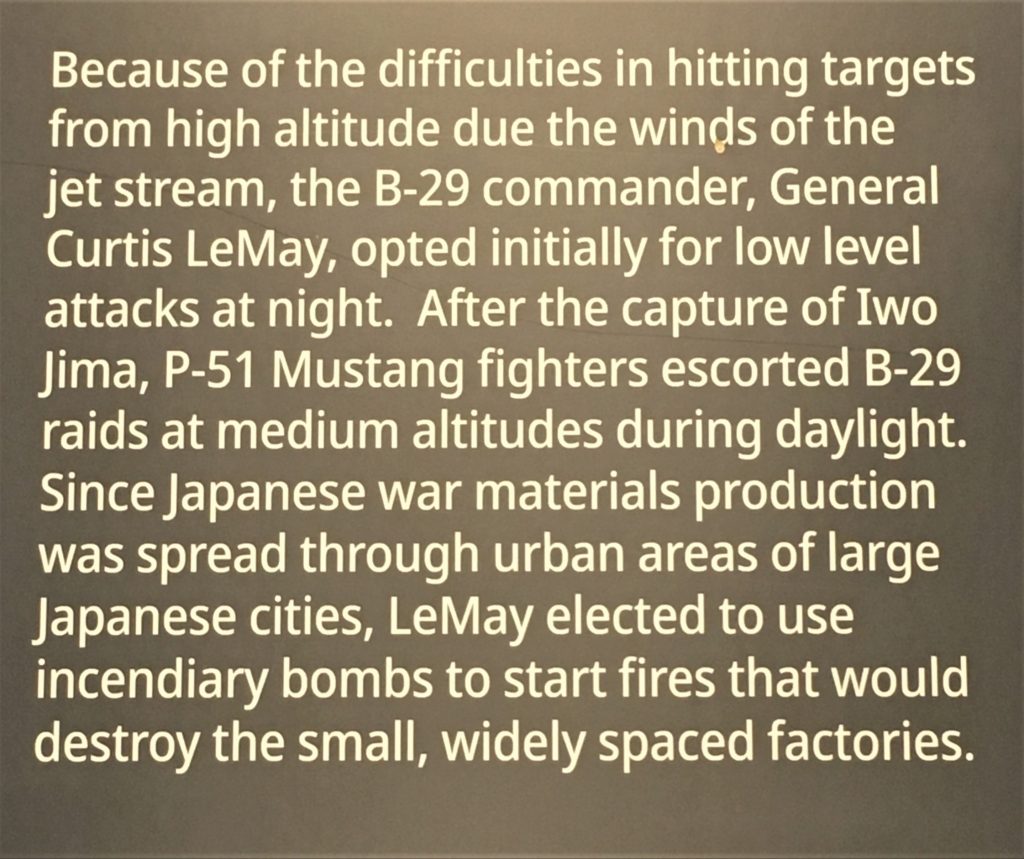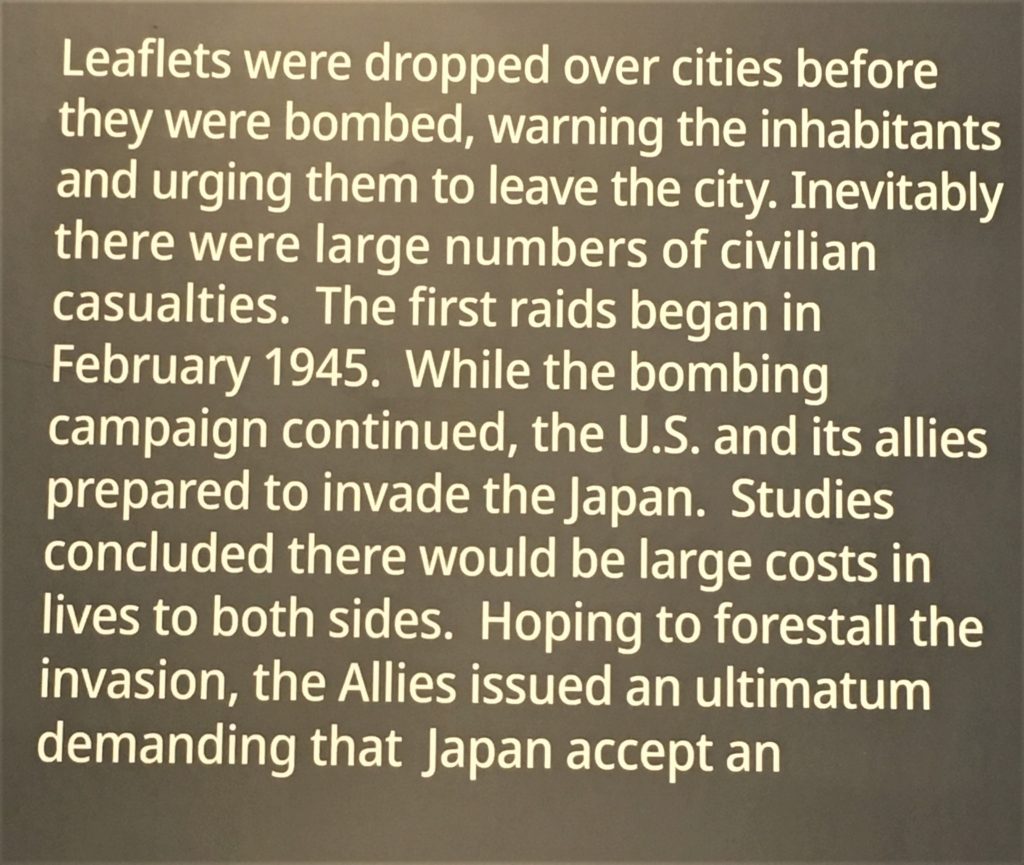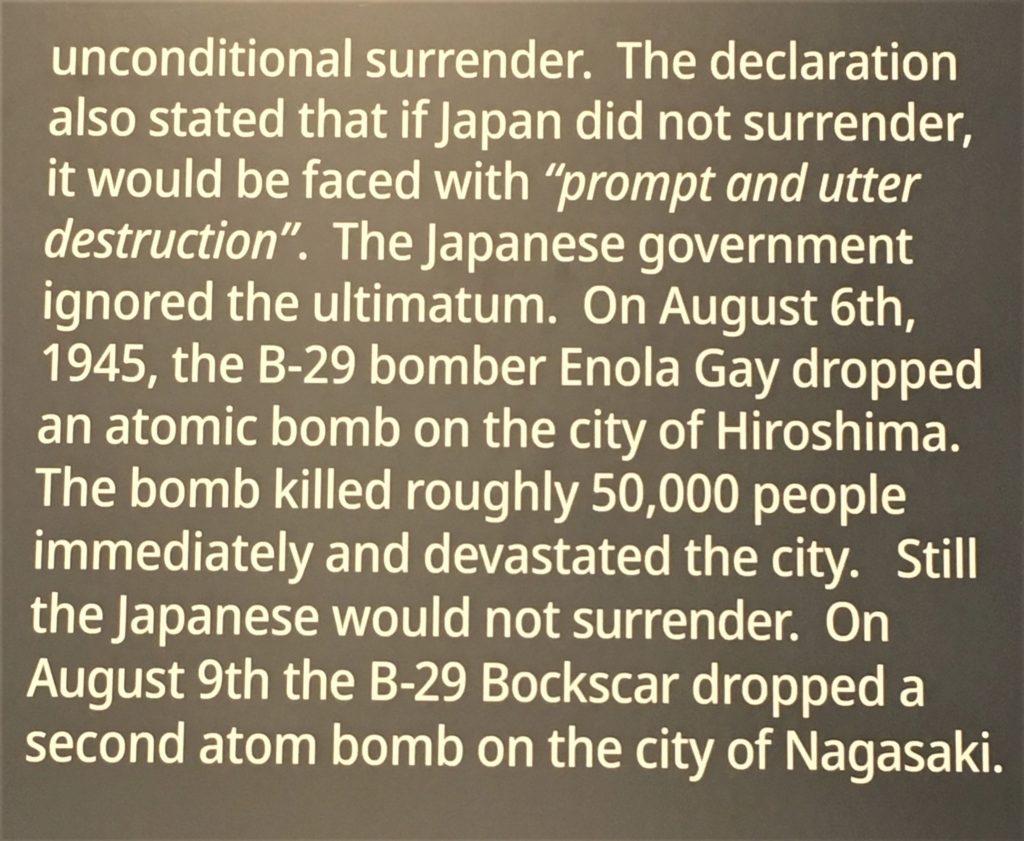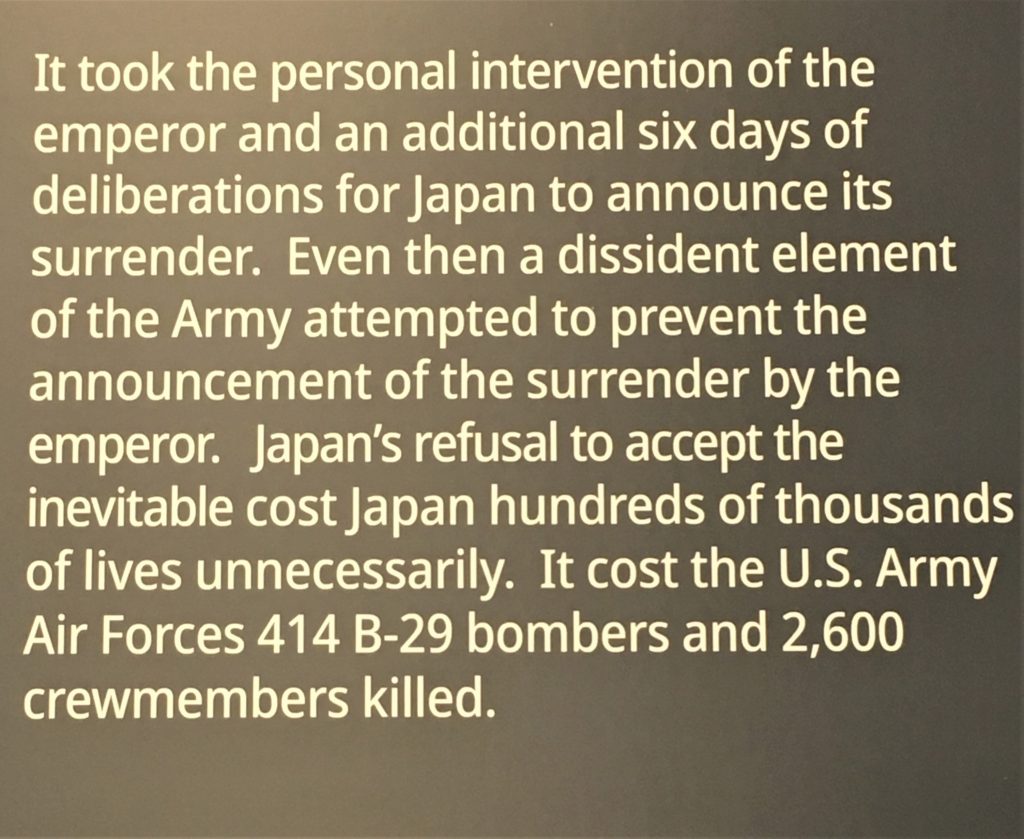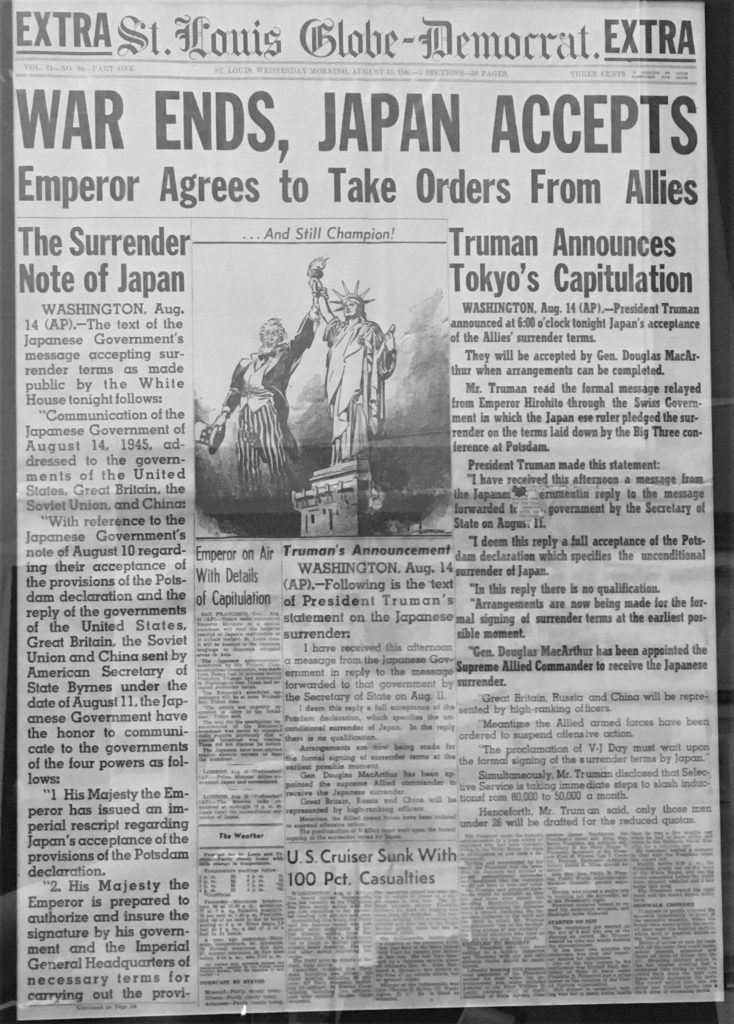Cheyenne Mountain State Park, Colorado Springs, Colorado
A greedy man stirs up dissension, but he who trusts in the LORD will prosper. ~ Proverbs 28:25

Oh. My. Goodness! We ingested sooooo much information today, my head hurts! We’ve gotten a bit lazy in our education since COVID hit, what with all the museums being closed and all, but today? Today, we were on information overload by the time we left, and we didn’t even read about a third of all the information offered.
We visited the National Museum of World War II Aviation, which surprisingly to us, began with WWI. I guess because it was the outcome of WWI that was the catalyst for WWII, only 20 years later. “‘See you in 20 years,’ the diplomats said to each other as they left the Paris Peace Conference, and war did indeed break out 20 years and a few weeks after the Versailles Treaty was signed in 1919.” (mises.org) Besides an abundance of information, the museum houses 28 fully restored, ready to fly aircraft, and over 3,000 artifacts and historical documents. And no. I’m not going to share all of it with you, but I do have quite a bit. 😊
World War II, also called the Second World War, was a conflict that involved virtually every part of the world during the years 1939–45.
The principal belligerents were the Axis powers—Germany, Italy, and Japan—and the Allies—France, Great Britain, the United States, the Soviet Union, and, to a lesser extent, China. The war was in many respects a continuation, after an uneasy 20-year hiatus, of the disputes left unsettled by World War I. The 40,000,000–50,000,000 deaths incurred in World War II make it the bloodiest conflict, as well as the largest war, in history. ~ britannica.com
There were nearly 200 countries involved in the war! Only fourteen didn’t participate – Afghanistan, Andorra, Ireland, Liechtenstein, Monaco, Portugal, San Marino, Saudi Arabia, Spain, Sweden, Switzerland, Turkey, Vatican City and Yemen.
There were an estimated 300 million soldiers throughout the world who saw combat.
On September 8, 1943, Gen. Dwight Eisenhower publicly announced the surrender of Italy to the Allies. Germany wasn’t happy, and on the same day, began invading Italy, beginning in Rome, slaughtering thousands of their former allies. In other words, Italy may have surrendered to the Allies, but now they had to battle Germany.
On April 30, 1945, Hitler committed suicide along with his new wife (married the day before), Eva Braunn. On May 8, 1945, Germany surrendered unconditionally.
But Japan was still intent on fighting. On August 6, 1945, an atomic bomb was dropped on Hiroshima. The combined heat and blast pulverized everything in the explosion’s immediate vicinity, generated fires that burned almost 4.4 square miles completely out, and immediately killed some 70,000 people (the death toll passed 100,000 by the end of the year). Japan refused to surrender, so a second bomb, was dropped on Nagasaki on August 9, that killed between 35,000 and 40,000 people, injuring an additional 35,000-45,000, and devastating 1.8 square miles.
On August 10, Japan agrees to surrender, but the official ceremony didn’t take place until September 2, 1945. And that’s the official end of the war.
Still, some German troops continued to fight until months later.
If you enjoy learning stuff, read my pictures, if not, this’ll be a short post for you.
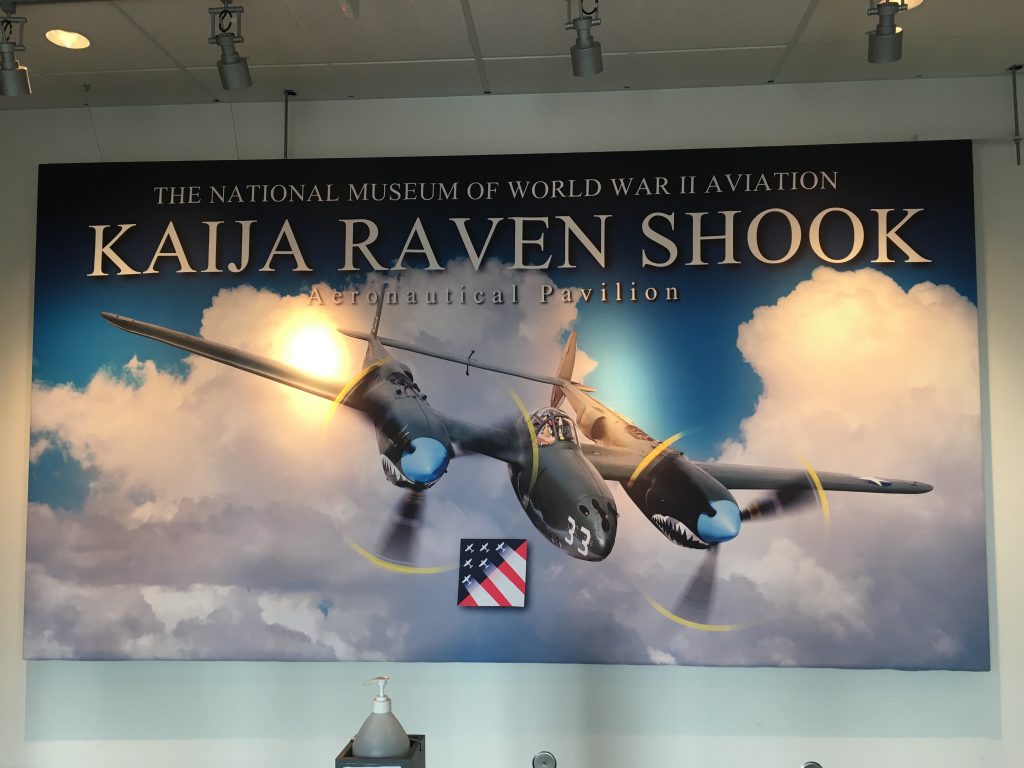

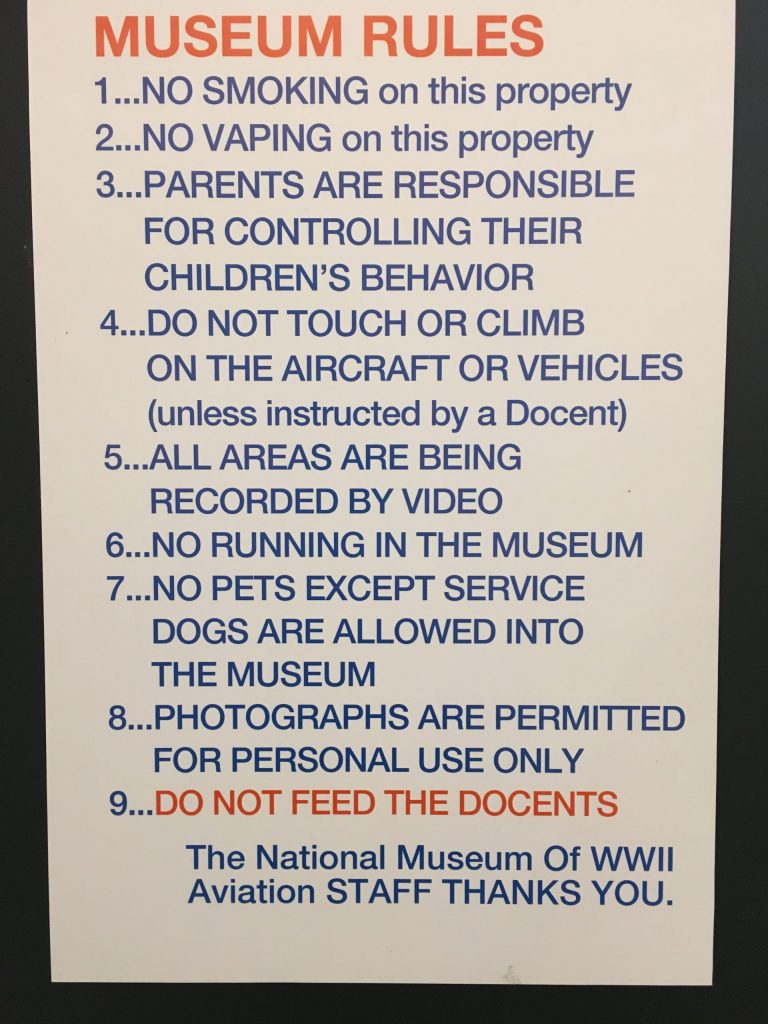
And then I took note of the last one, pointed it out to Blaine and we chuckled. : )
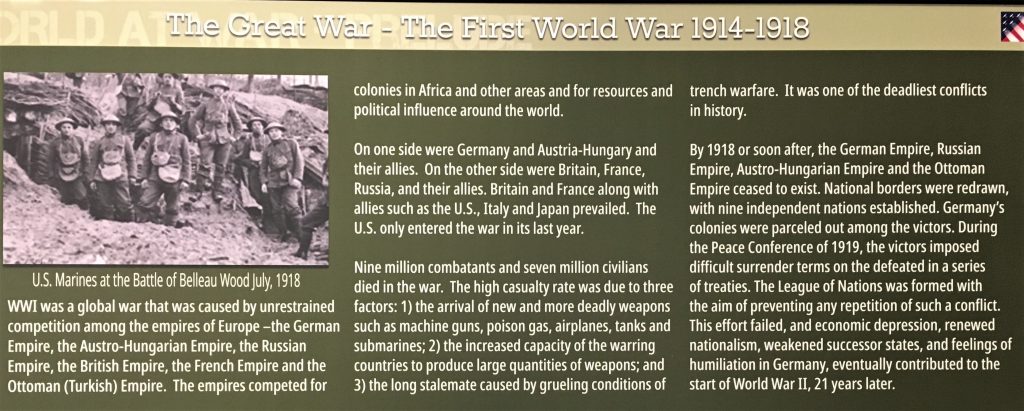
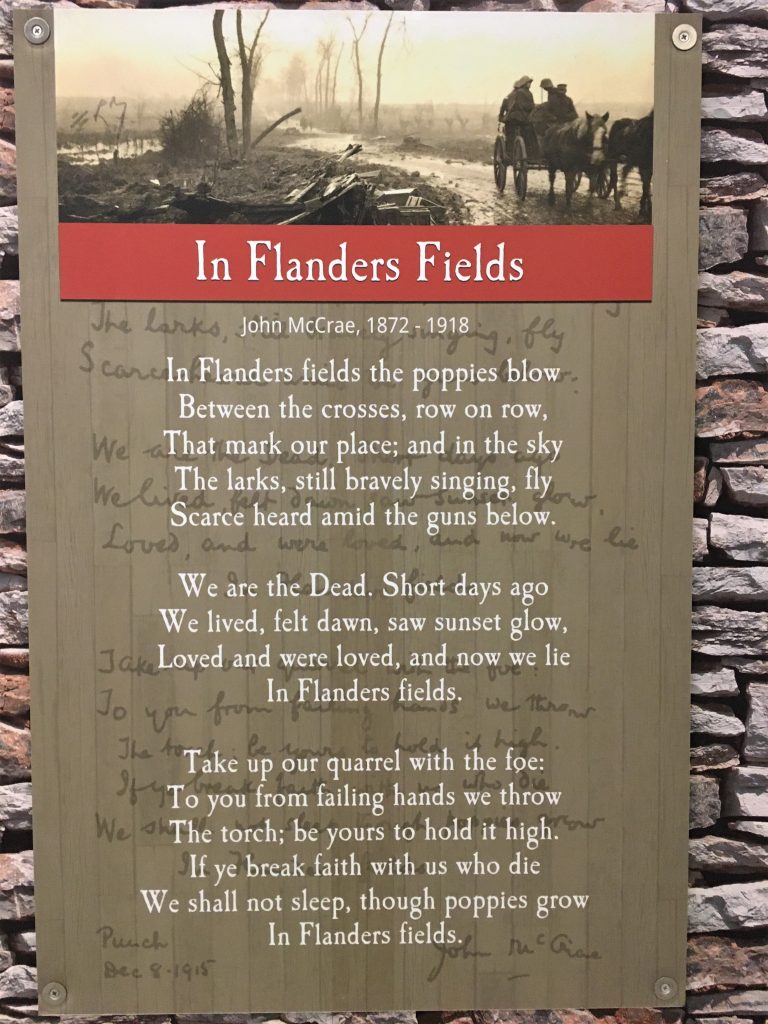
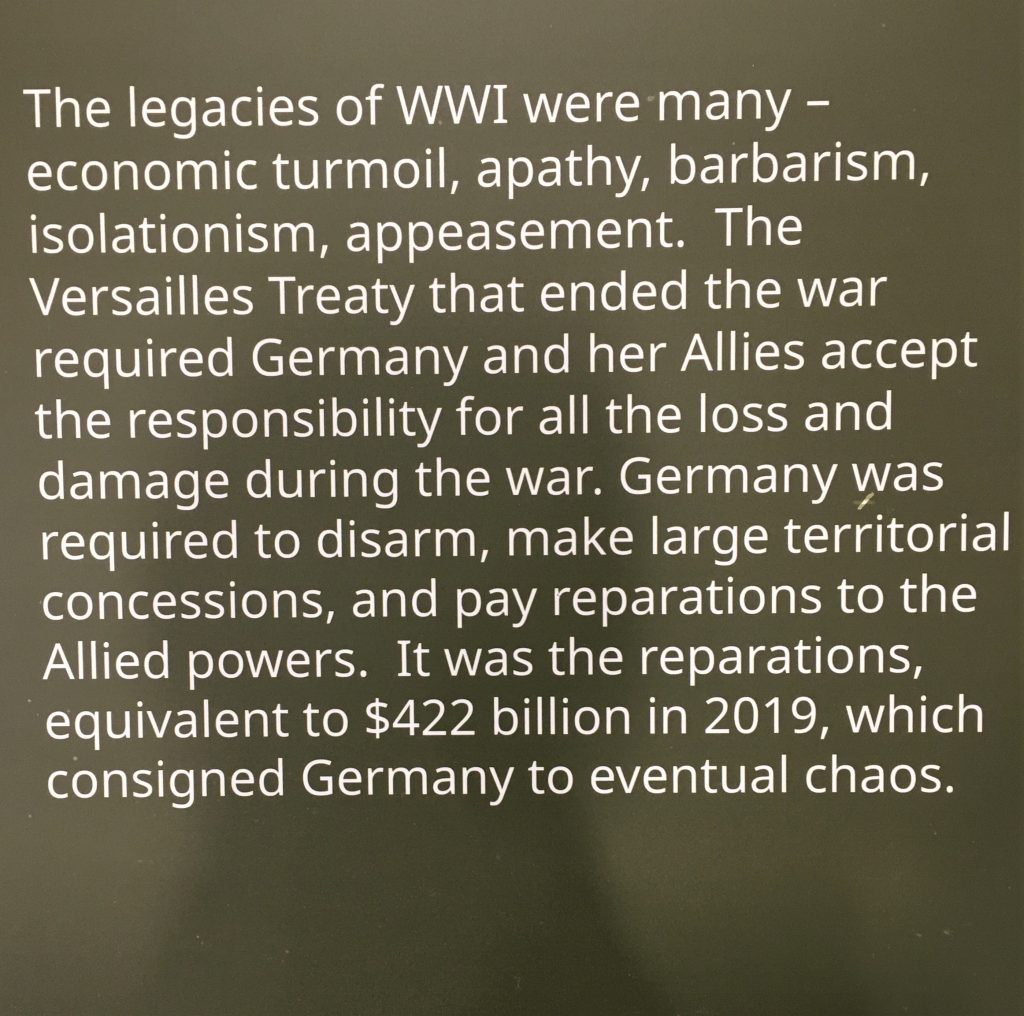
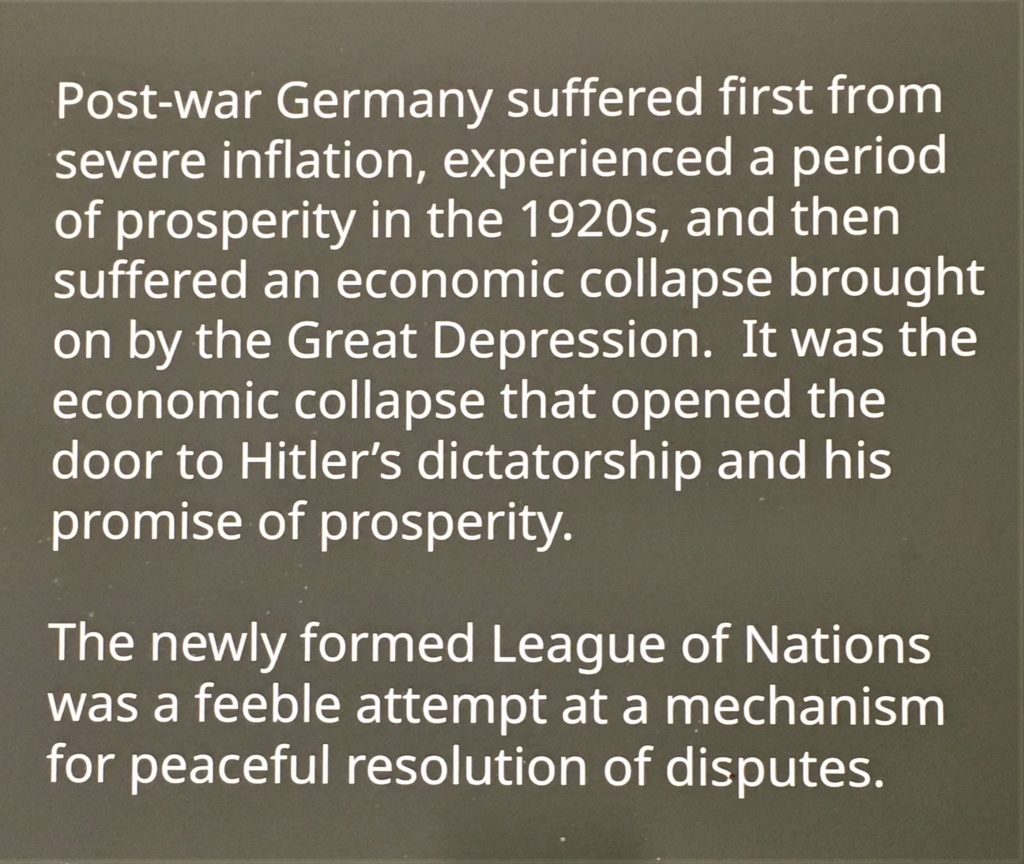
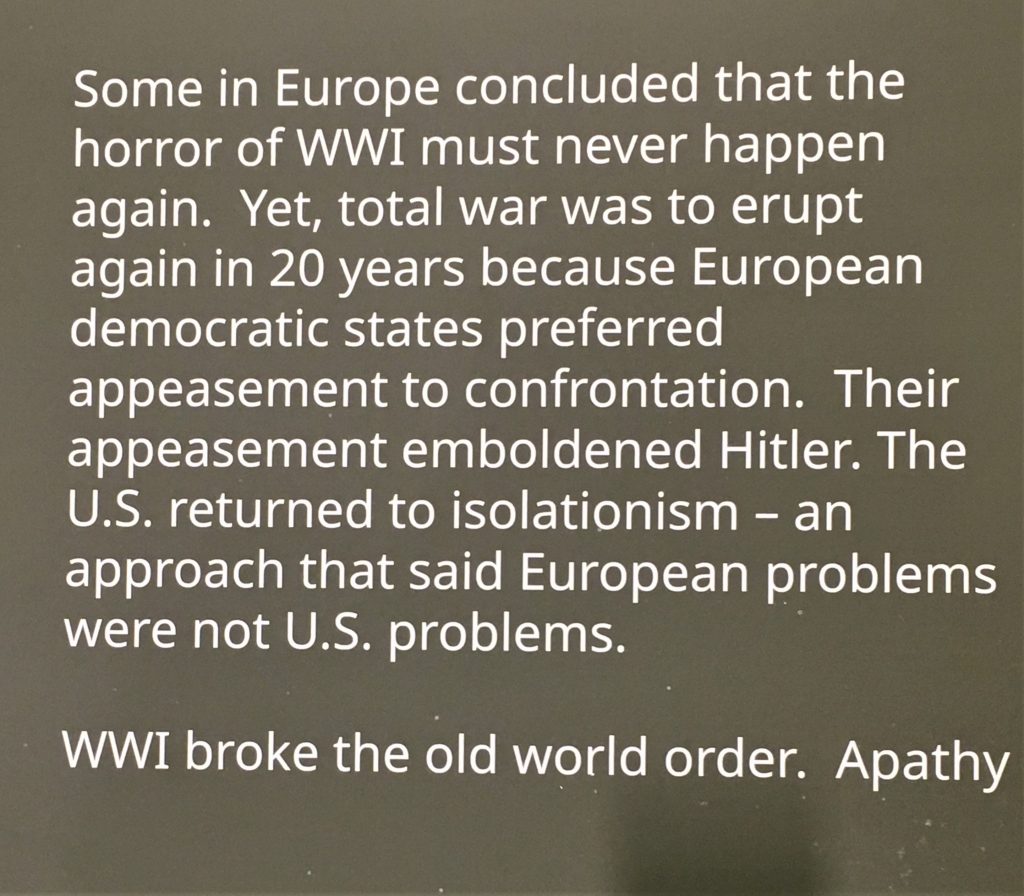

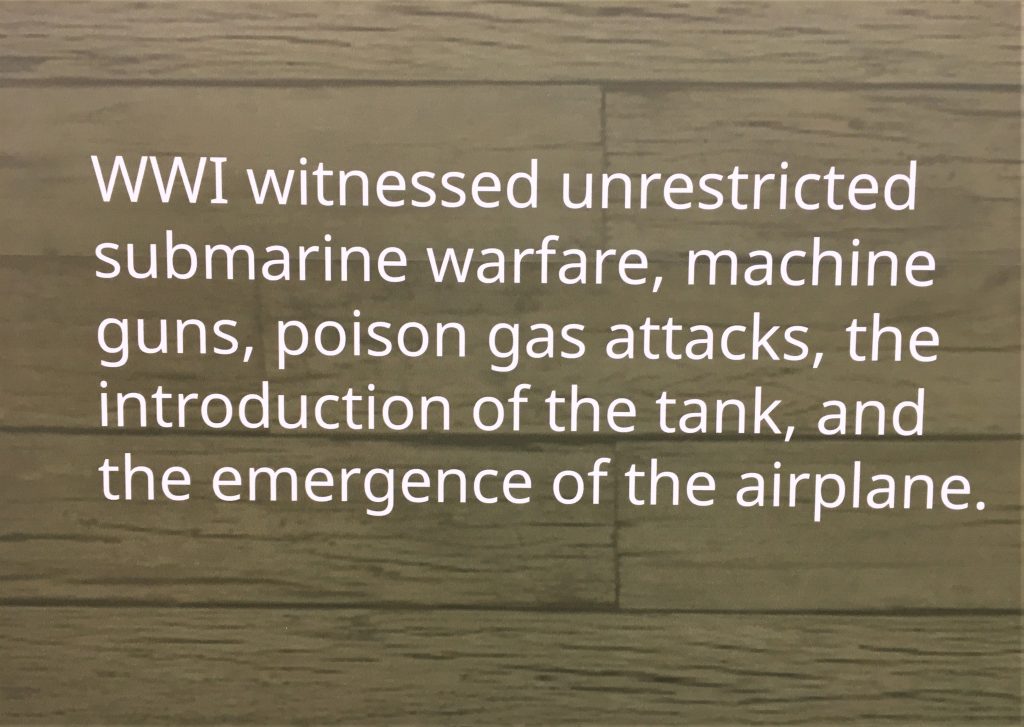
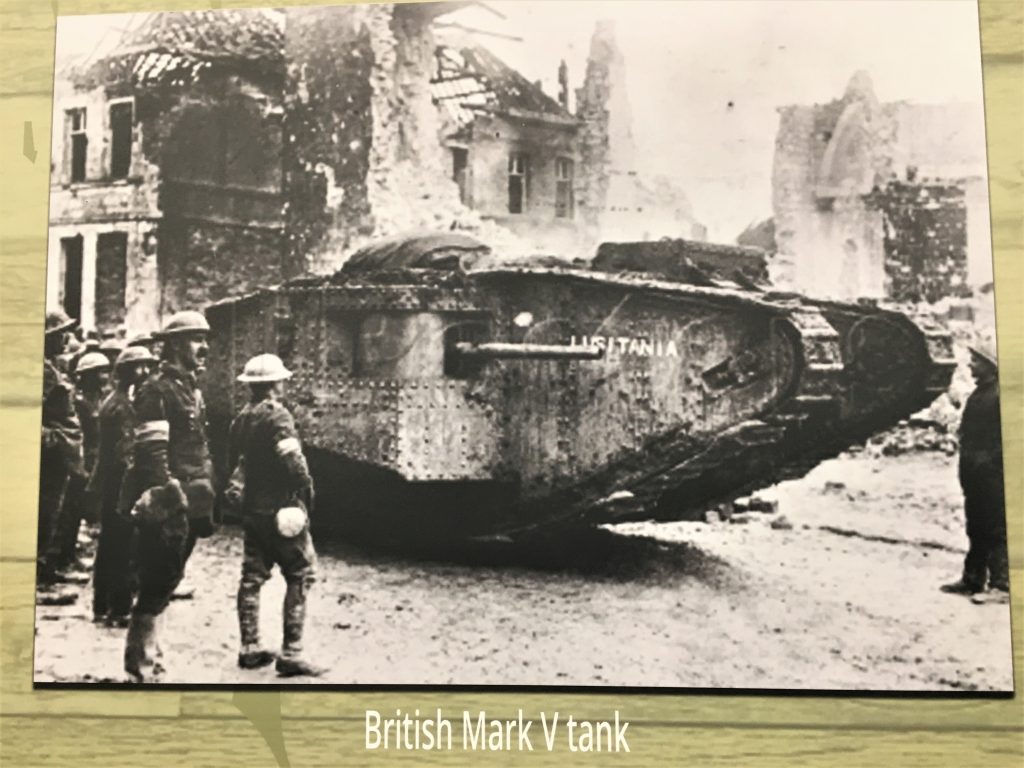

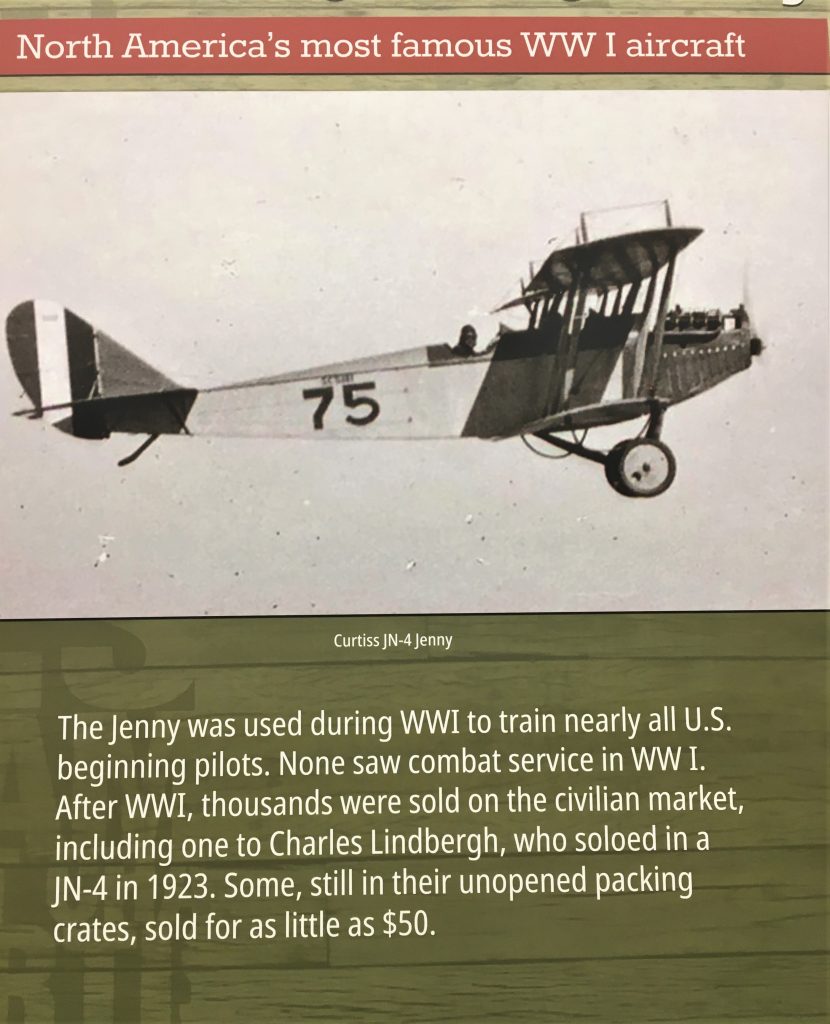
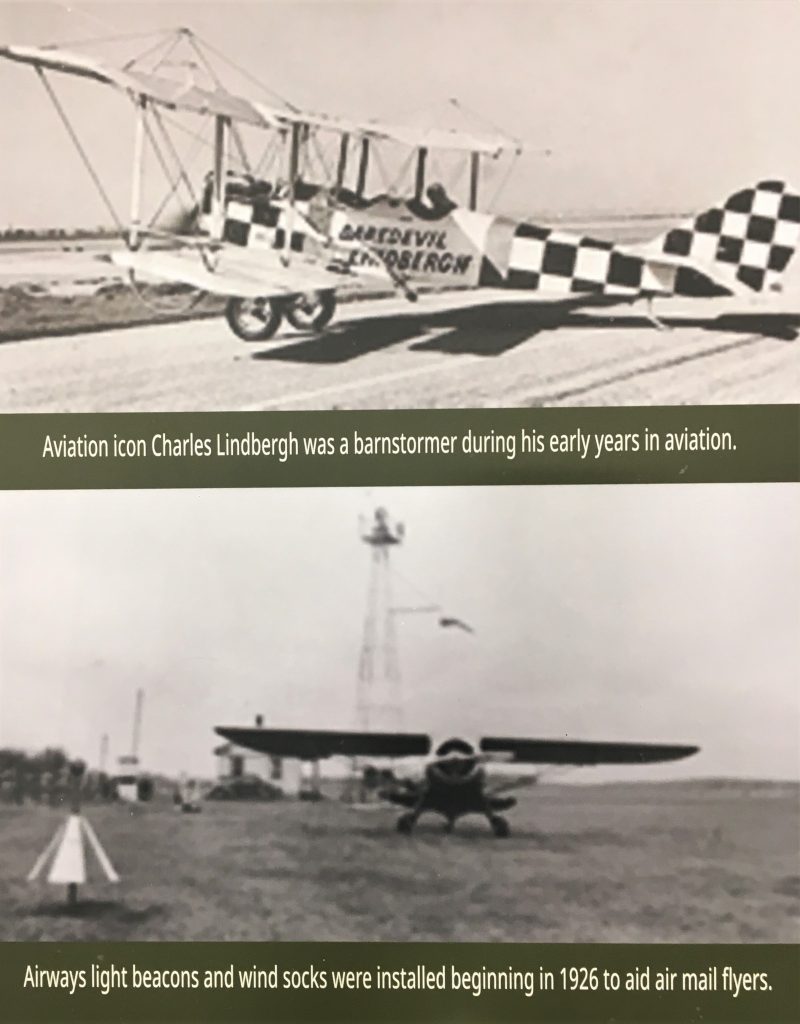
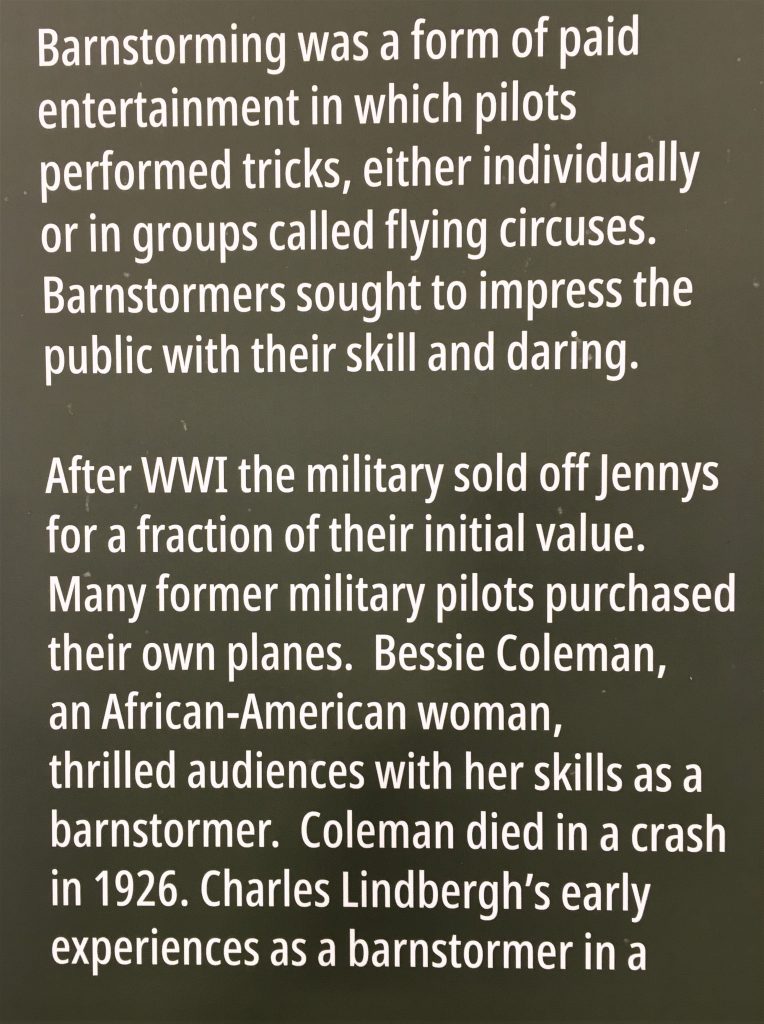
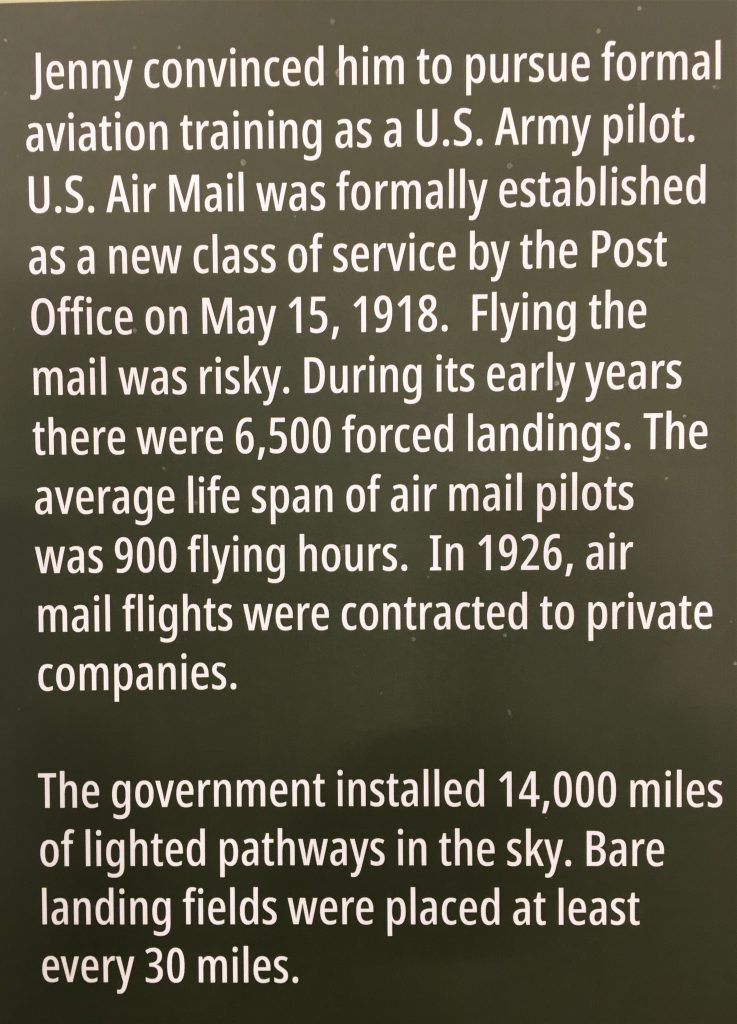
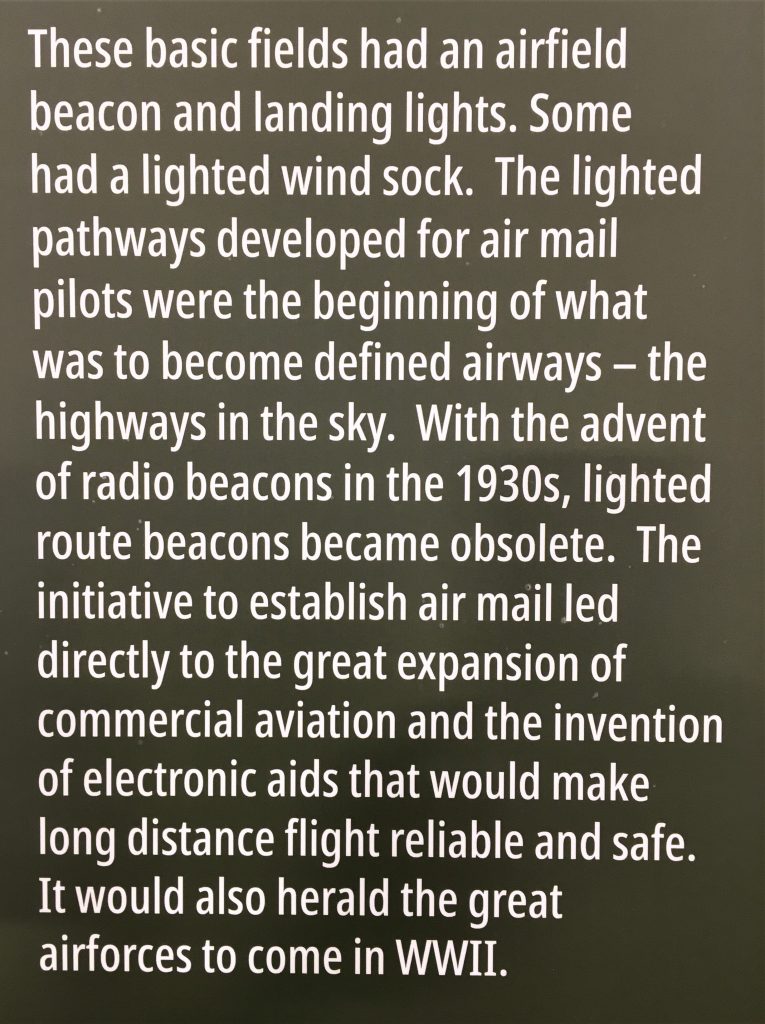
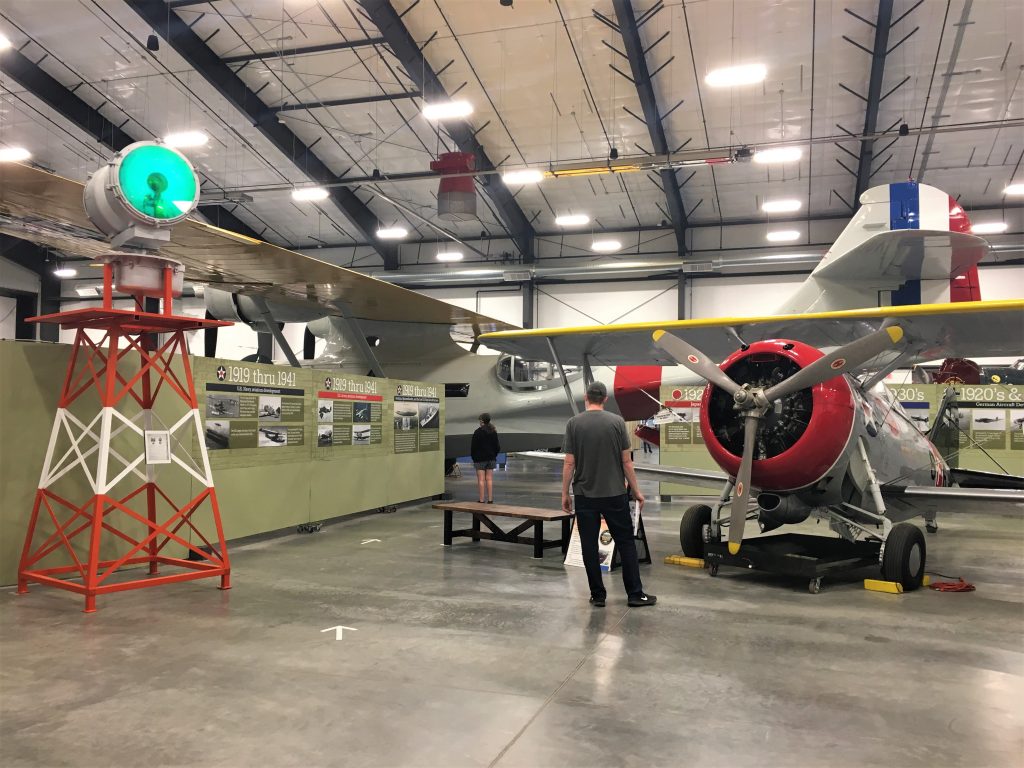


If you look, you’ll see a guy washing that plane on the right. : )

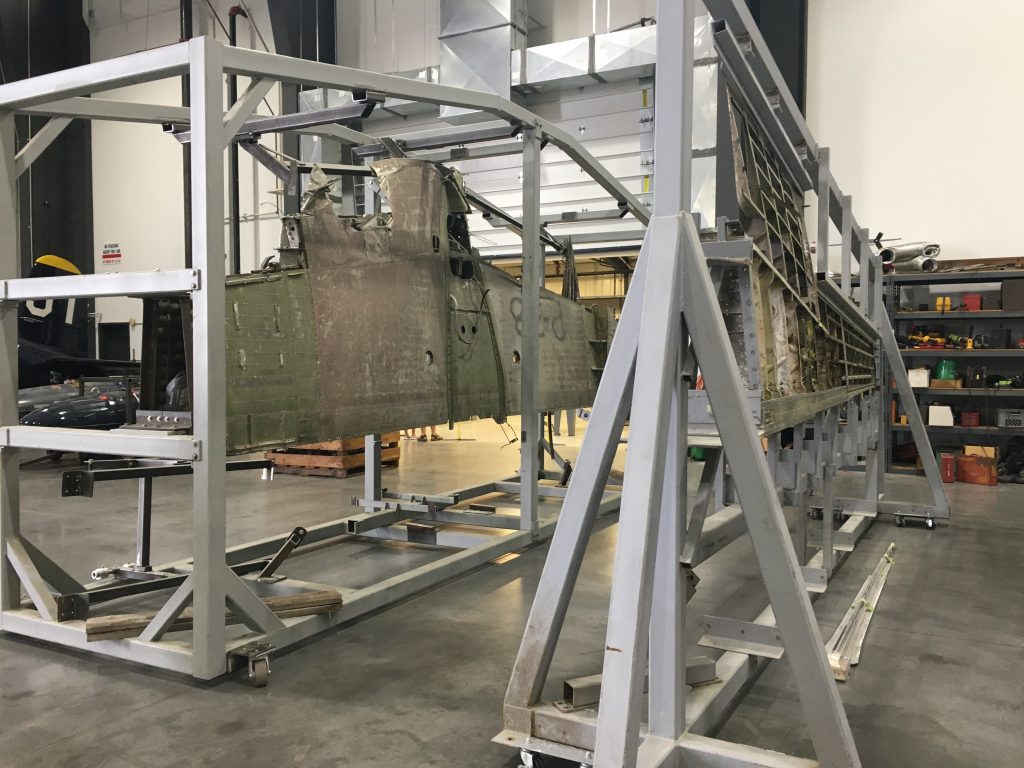
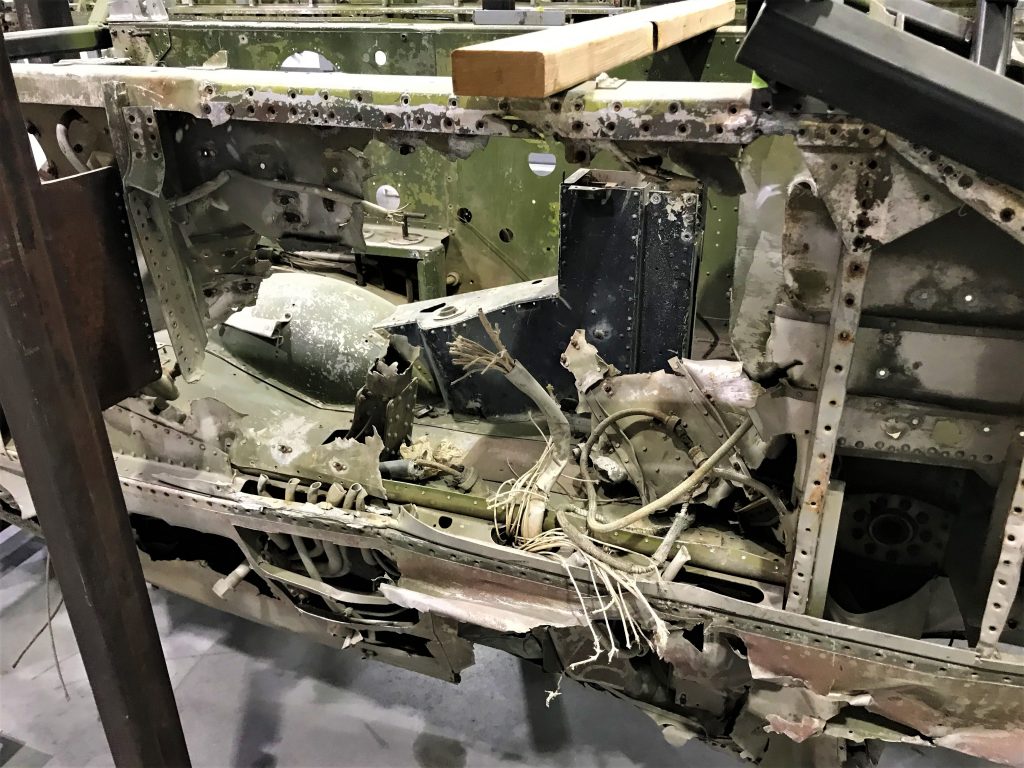


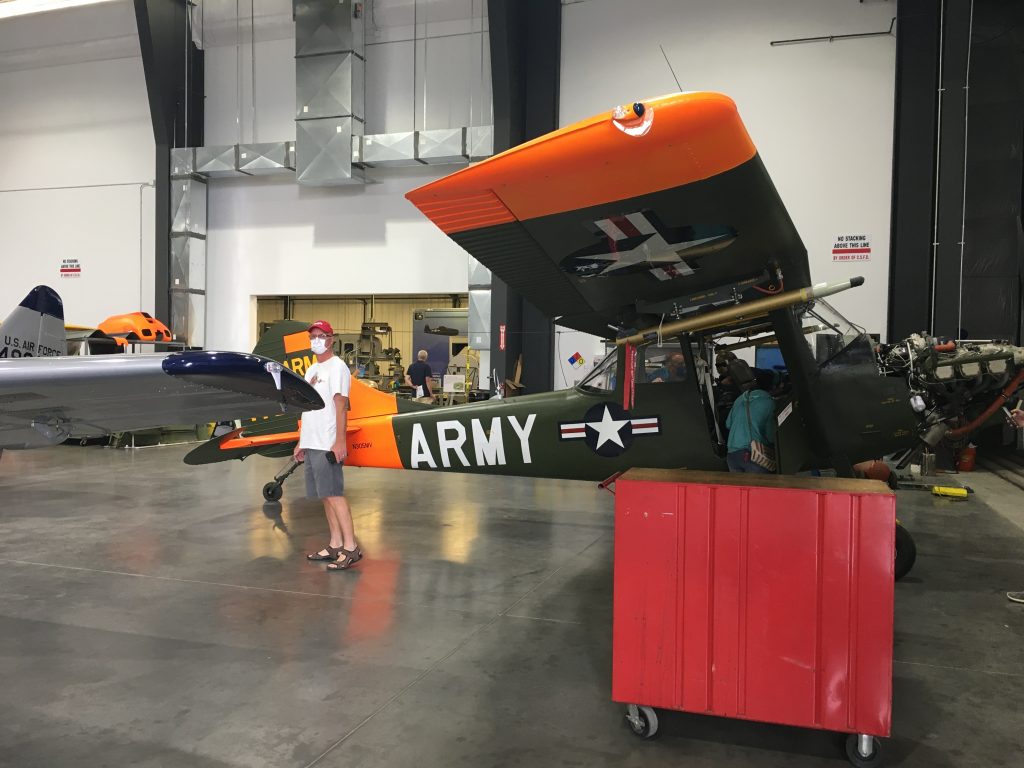


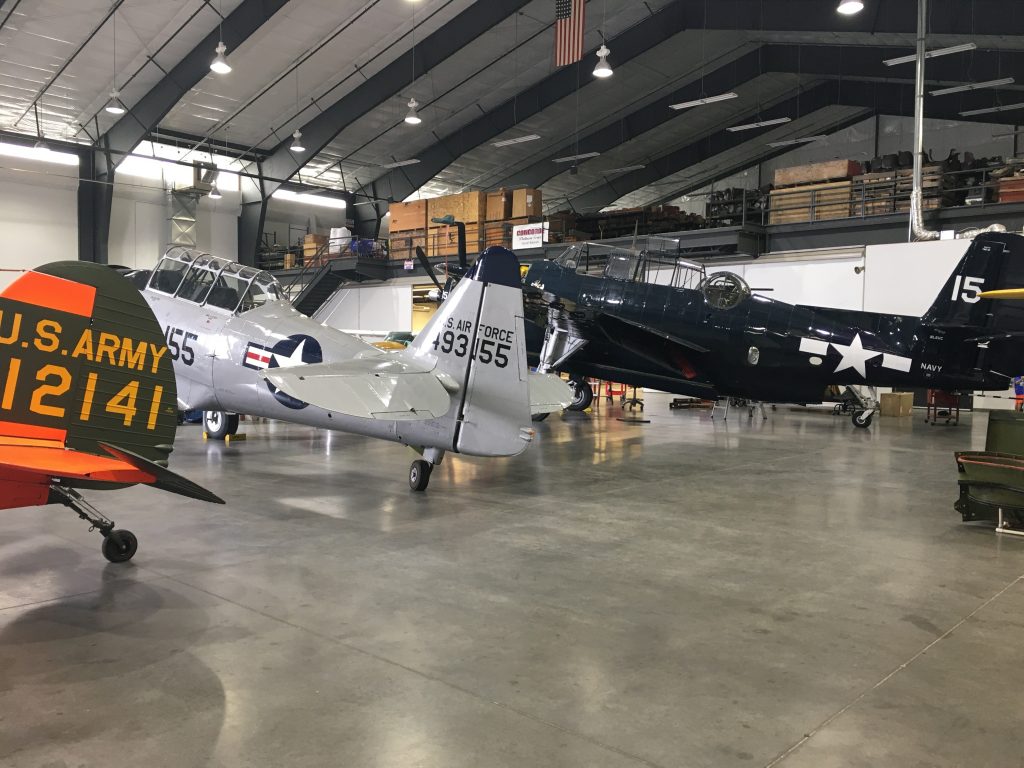
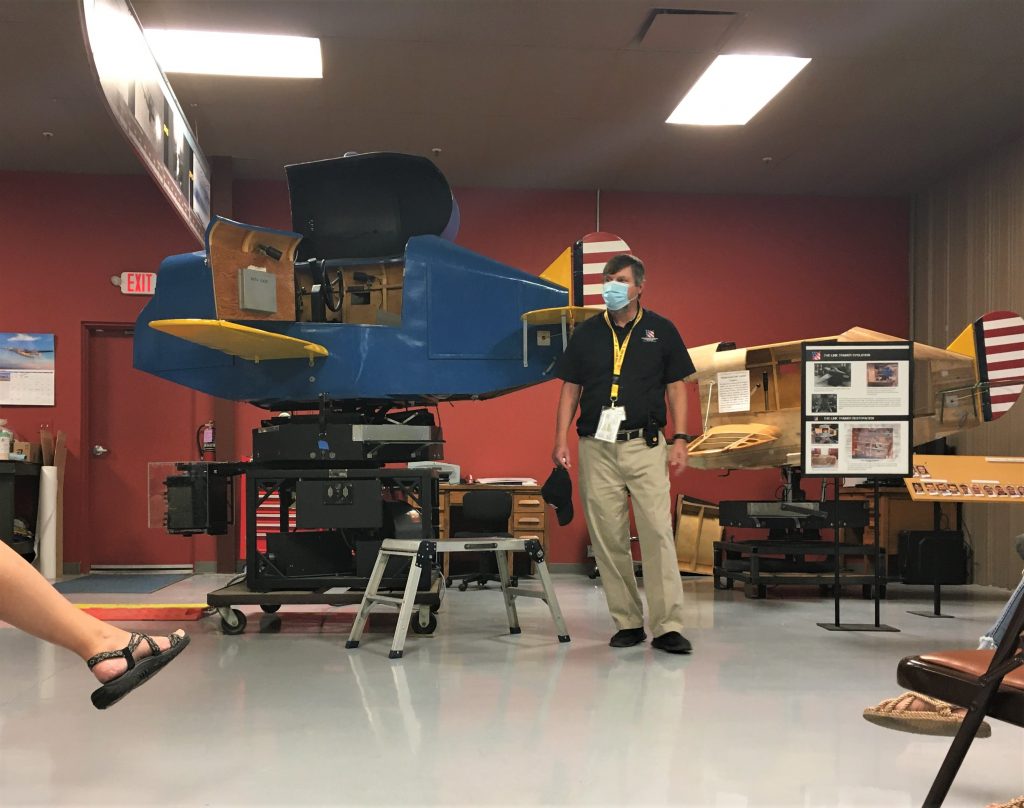
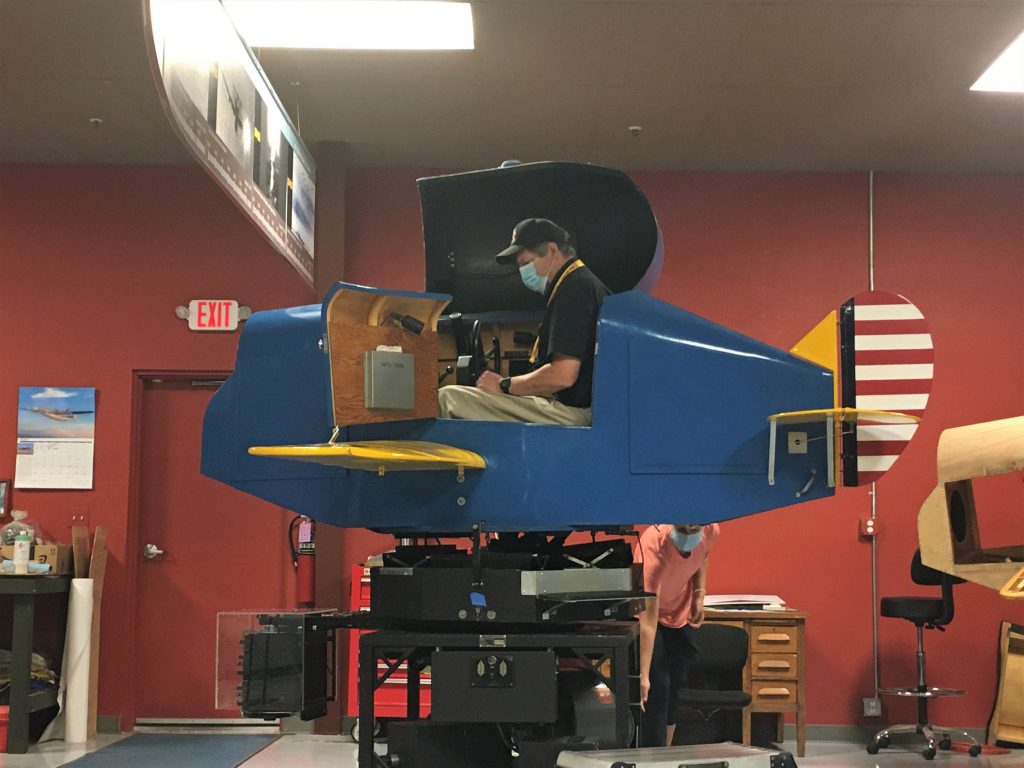
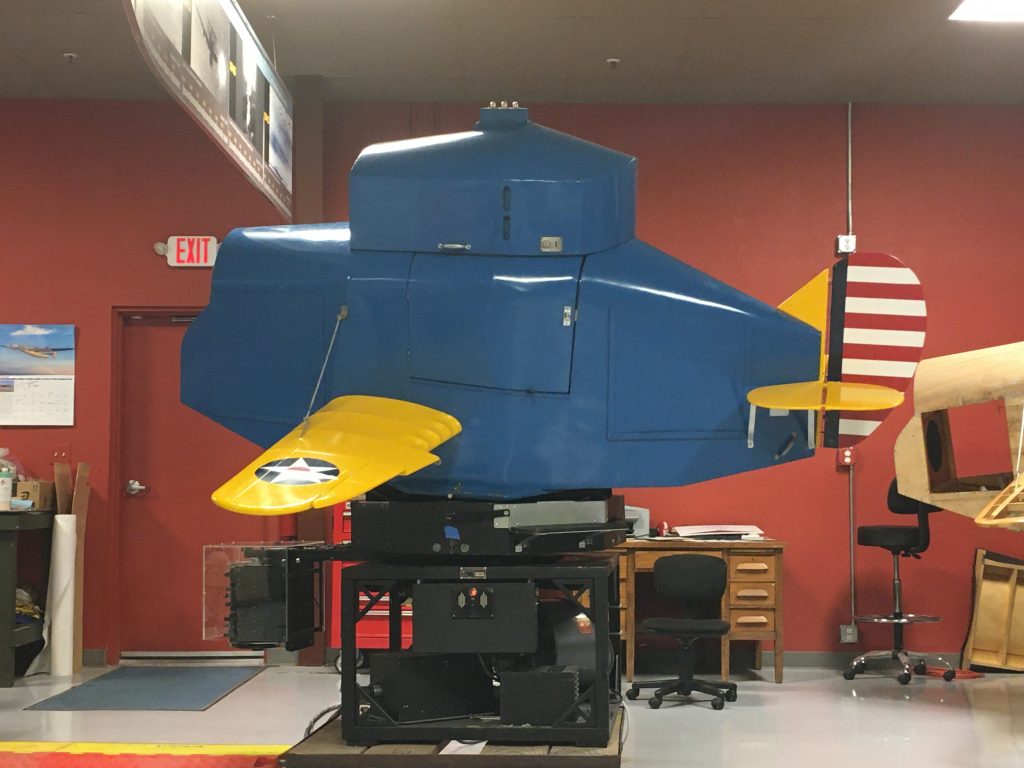
There was a man in our group who said he actually trained in one!

before we return to where we left off the first one.
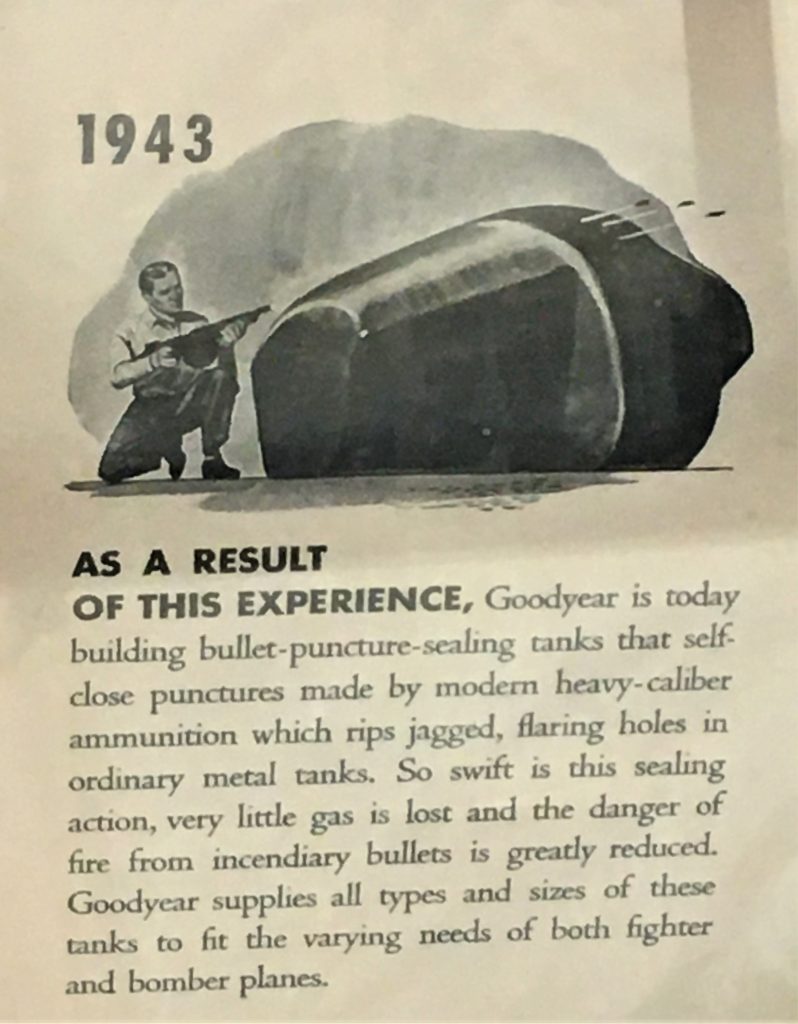
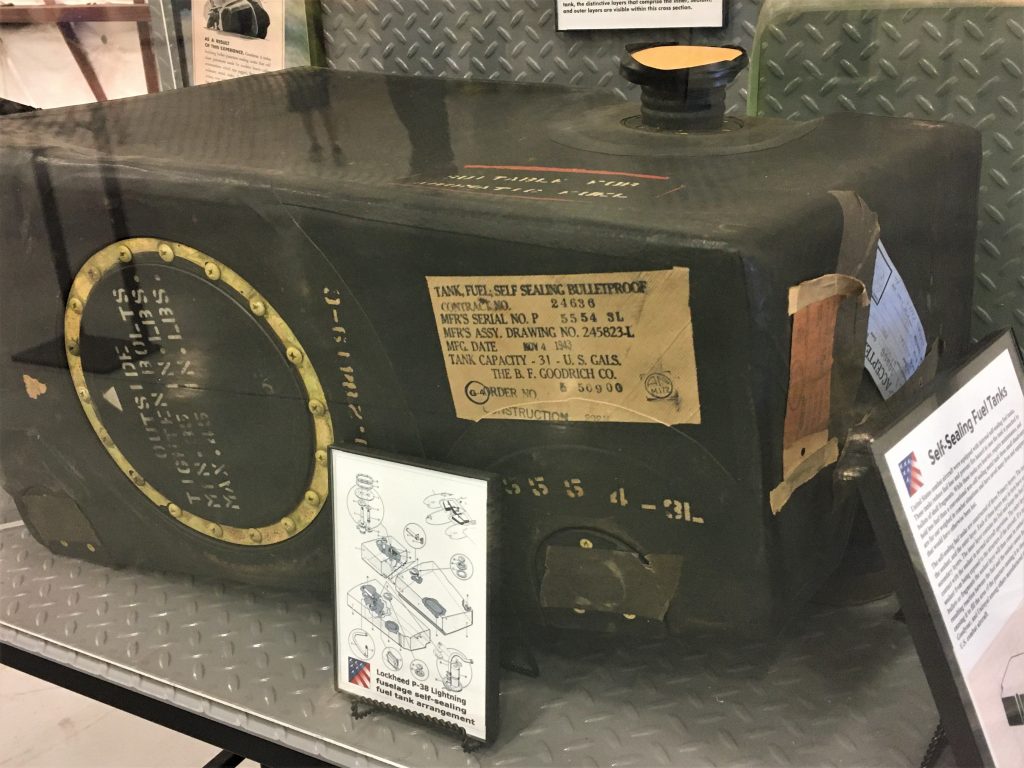


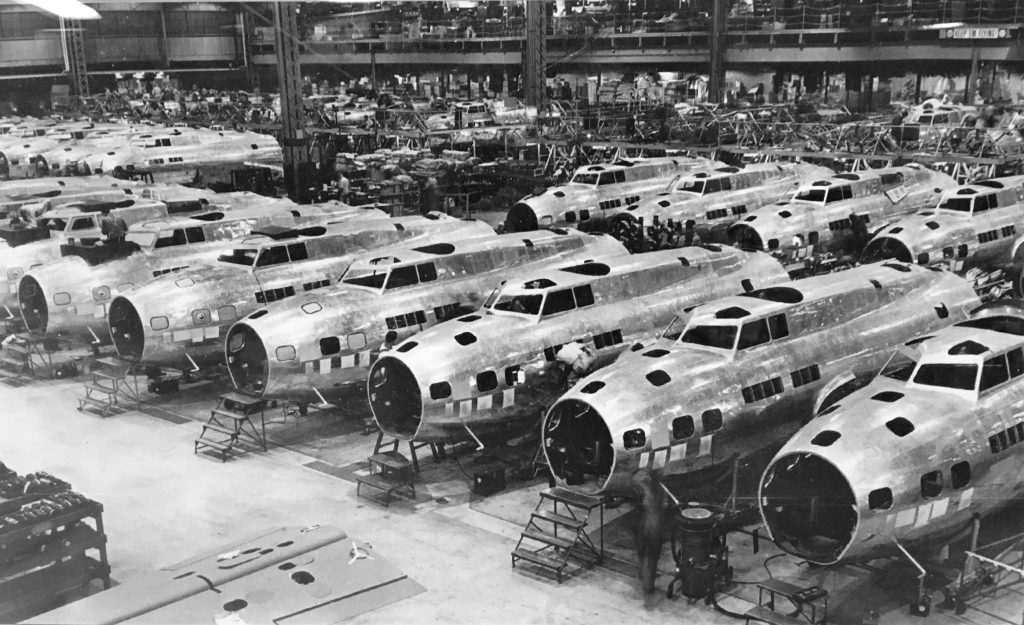
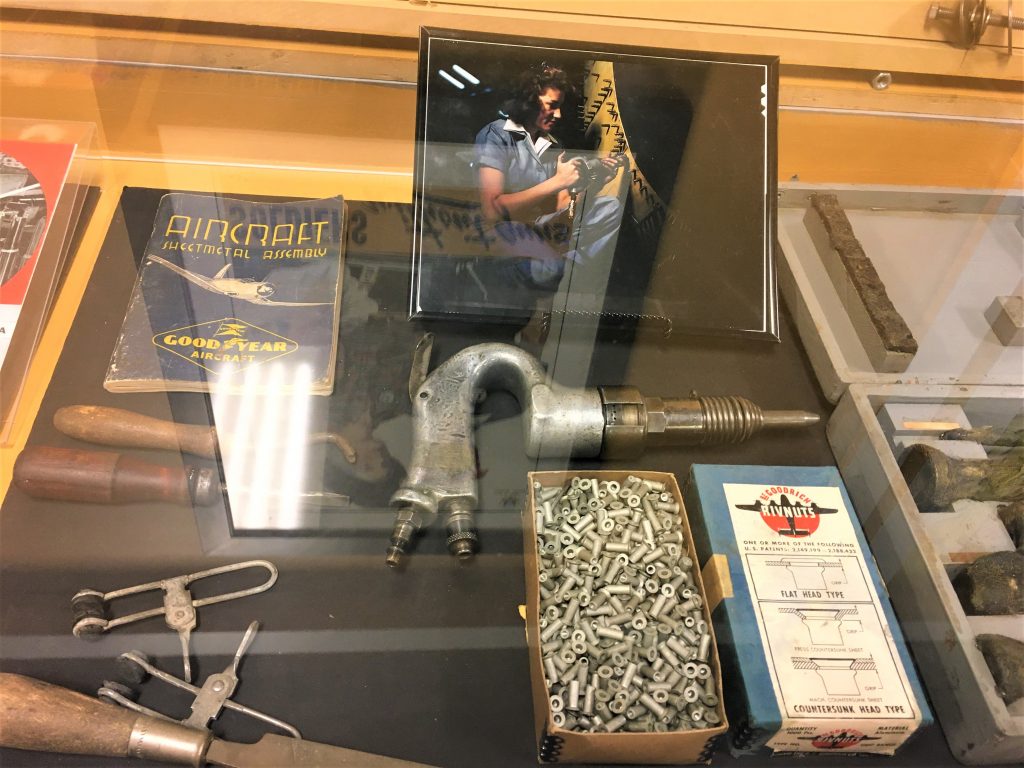
was a “Rosie the Riveter”!
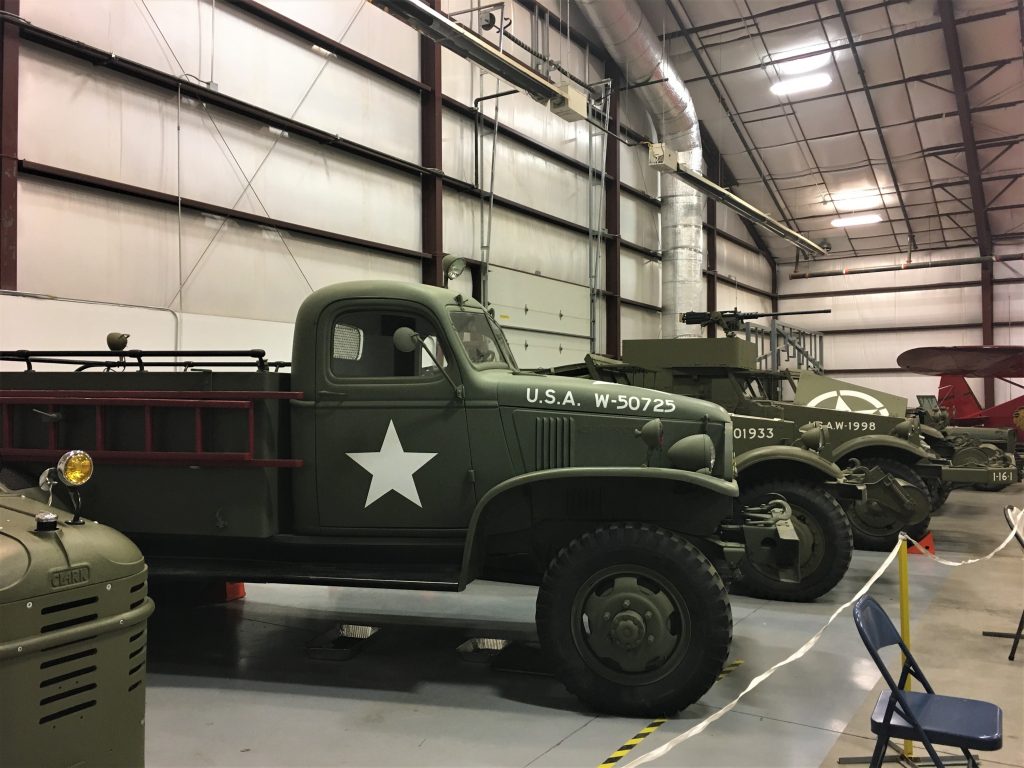
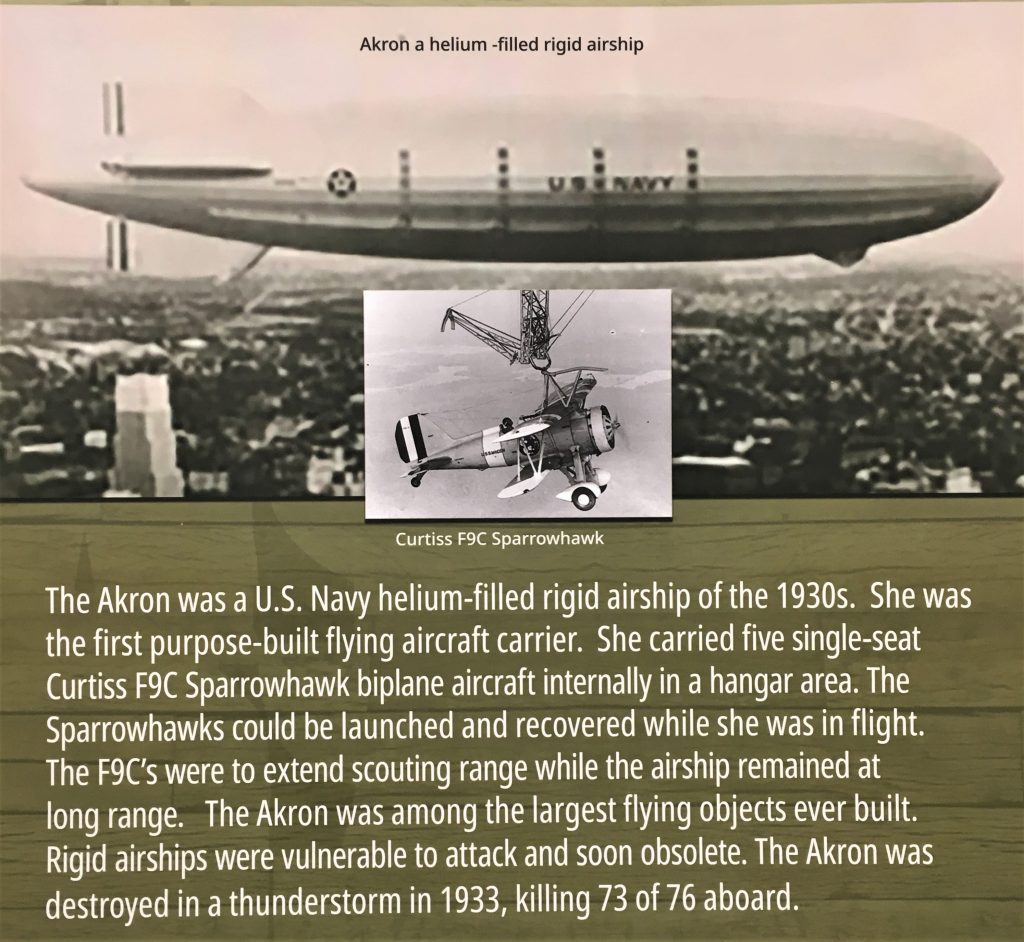
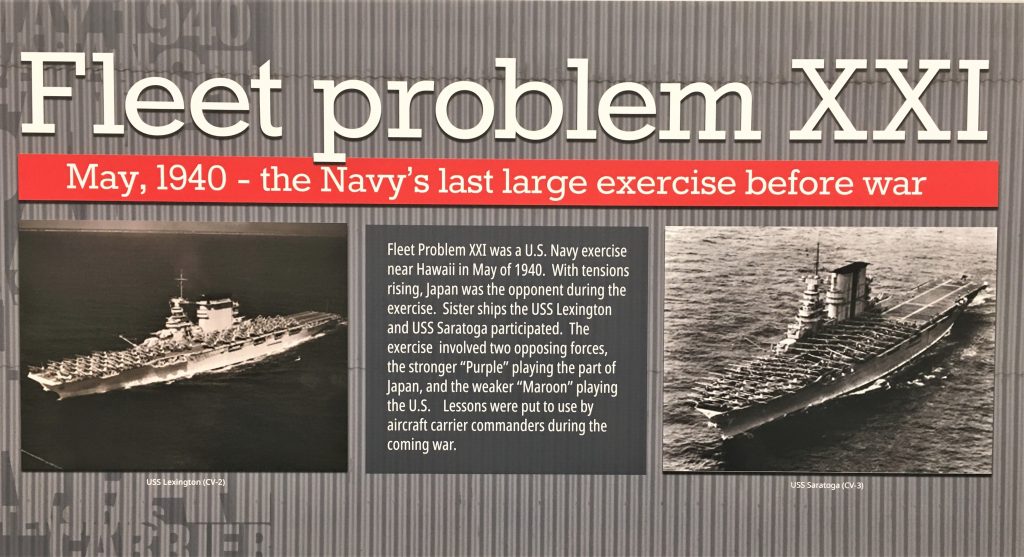
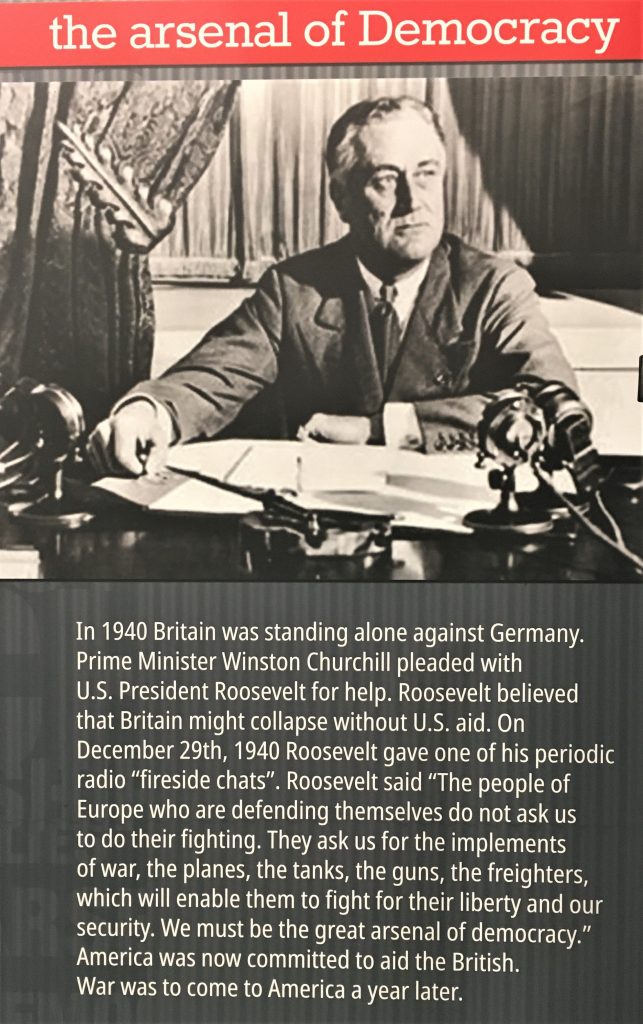

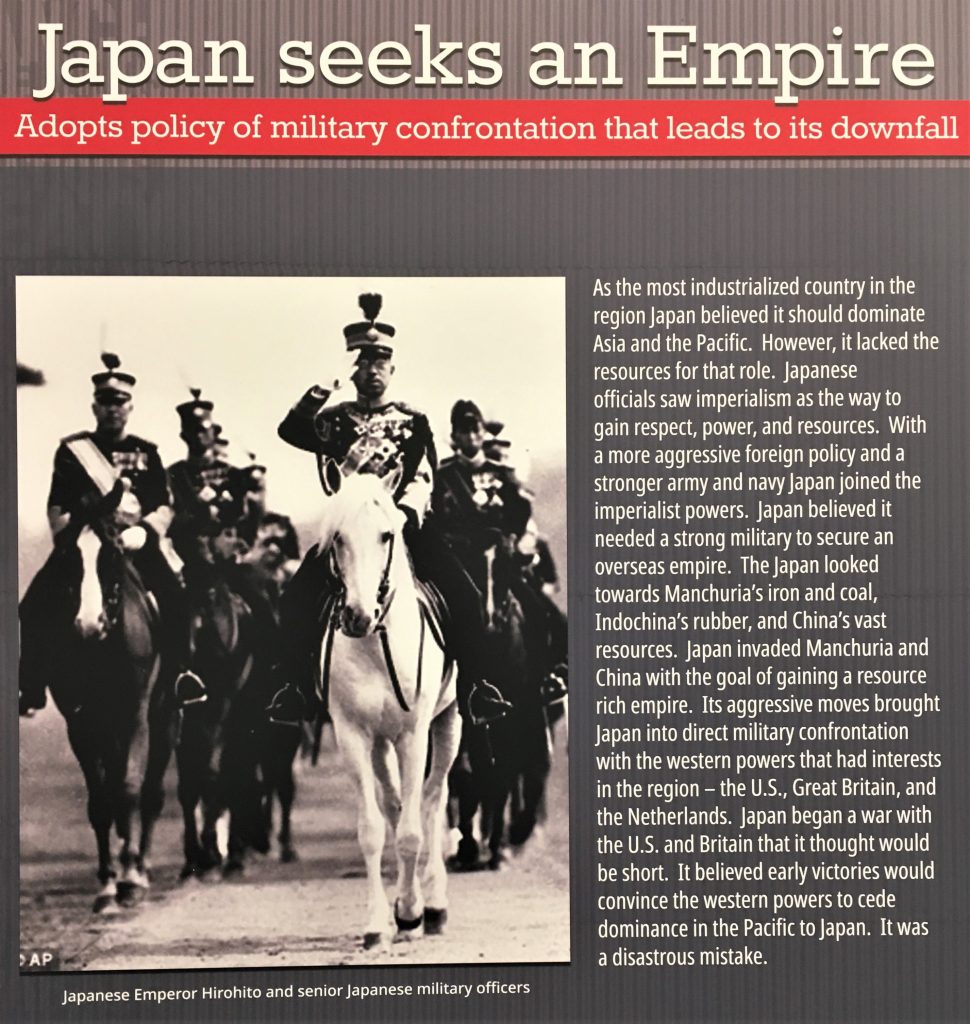
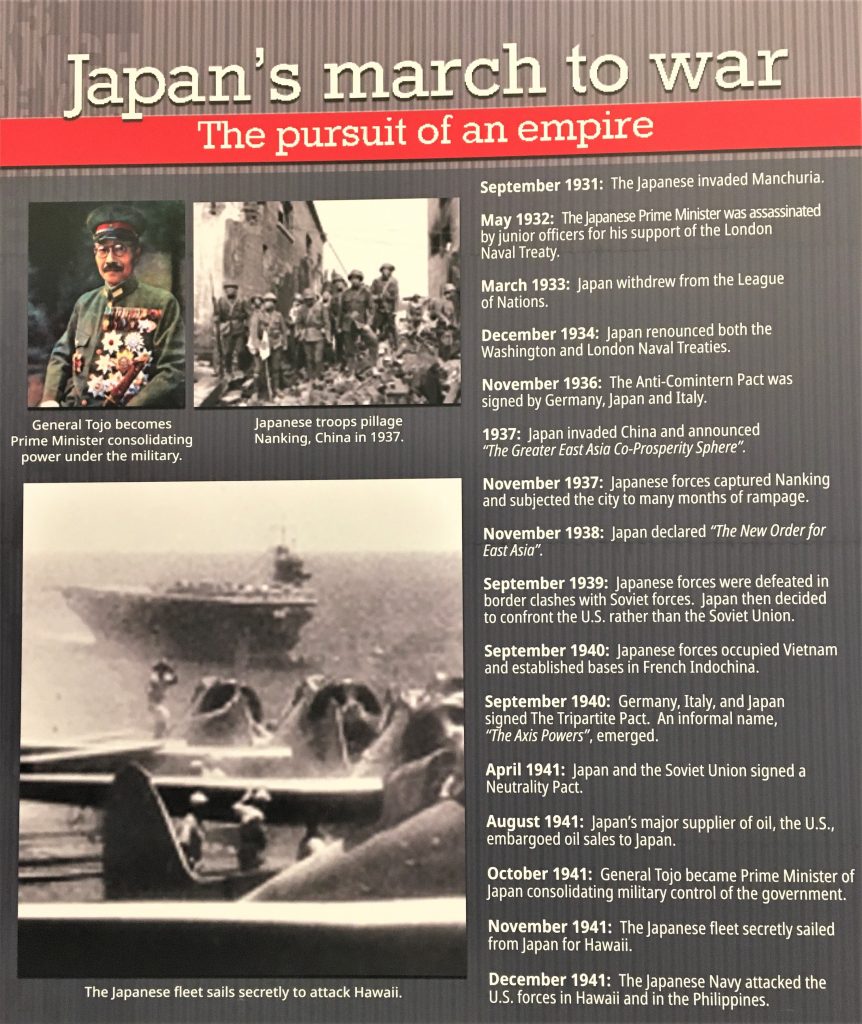
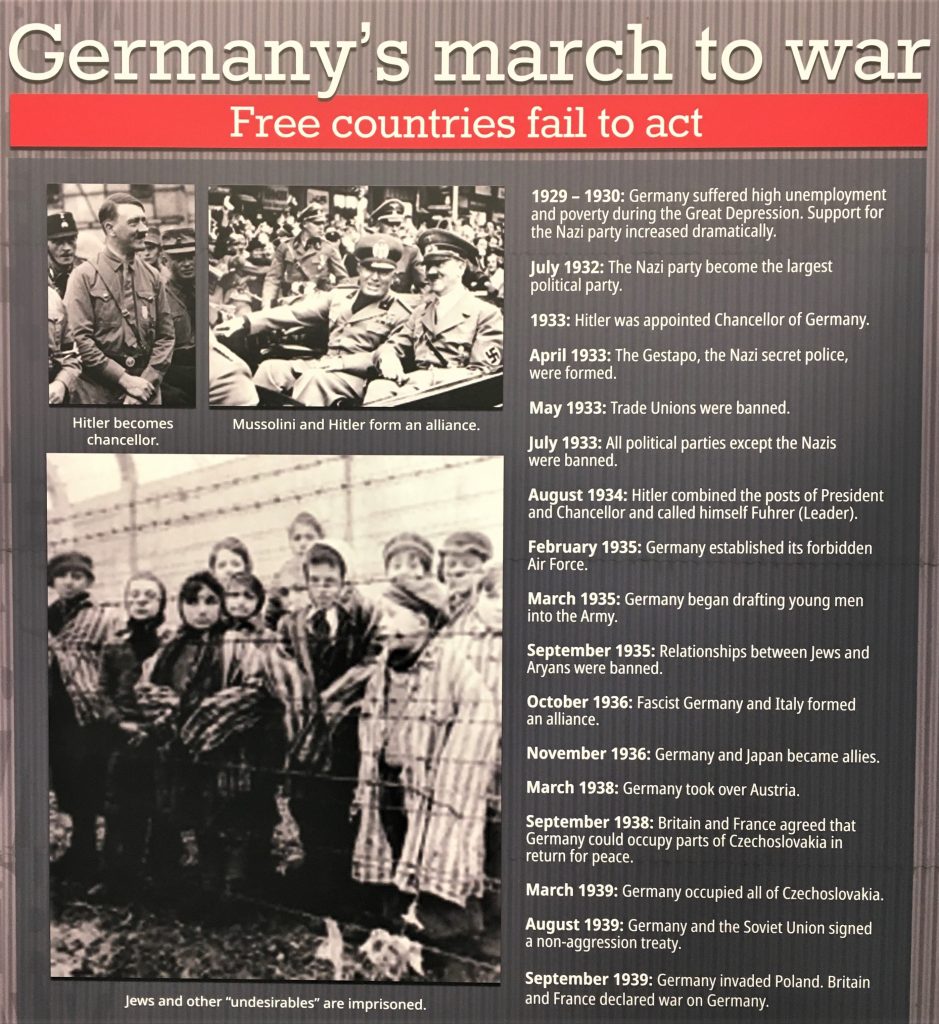
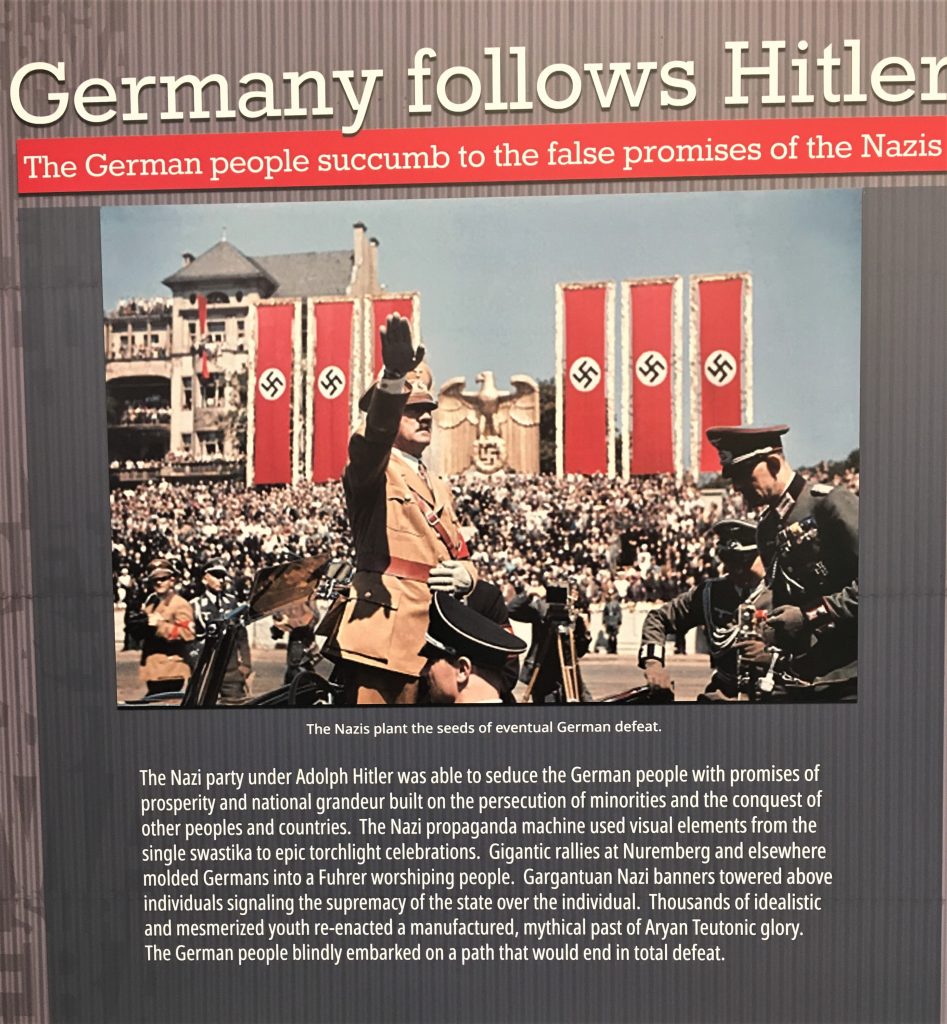
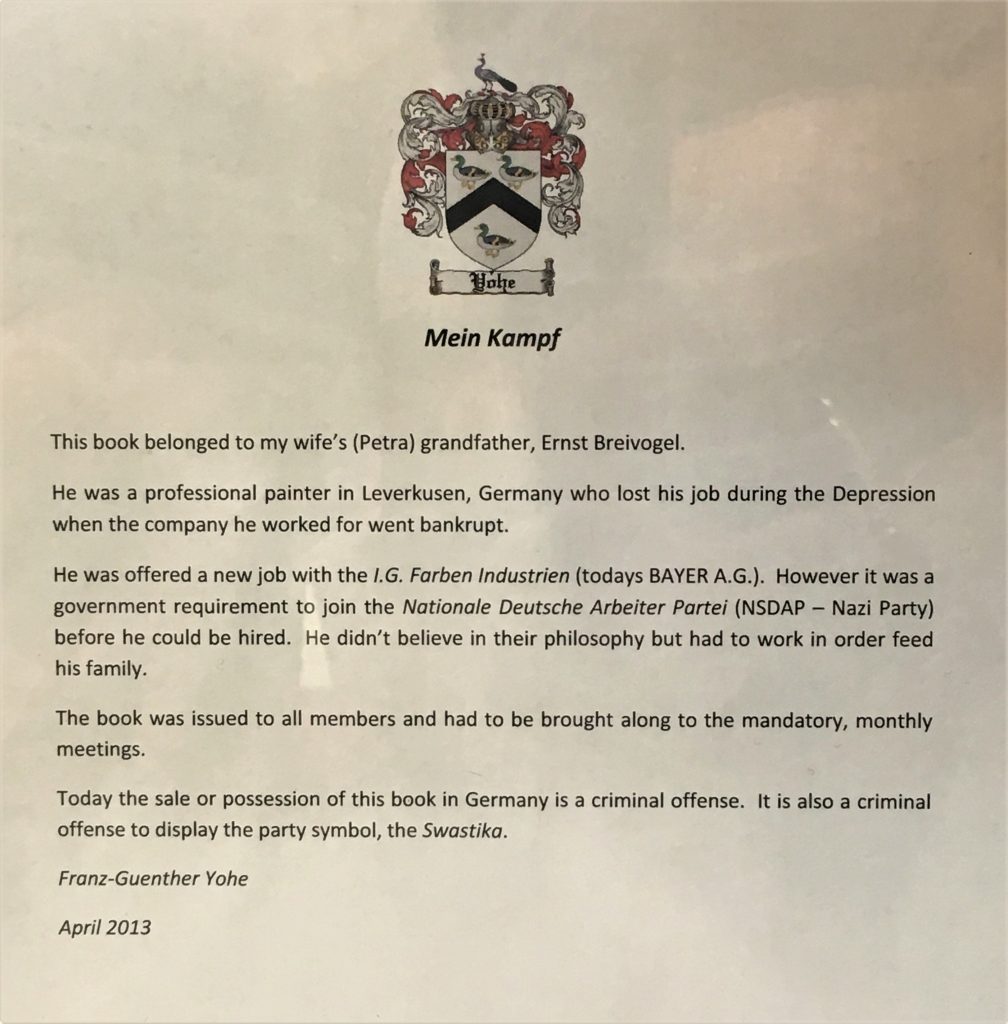
By the way, Mein Kampf means, My Fight.
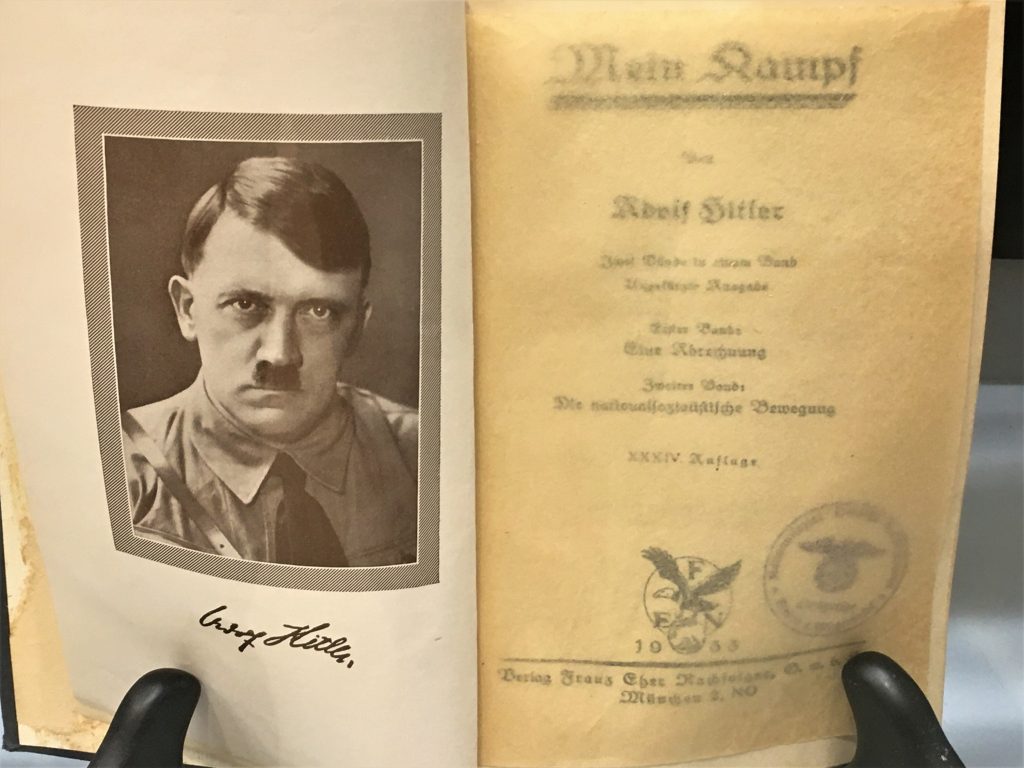
Maybe it’s just because I know what he was capable of. . . .
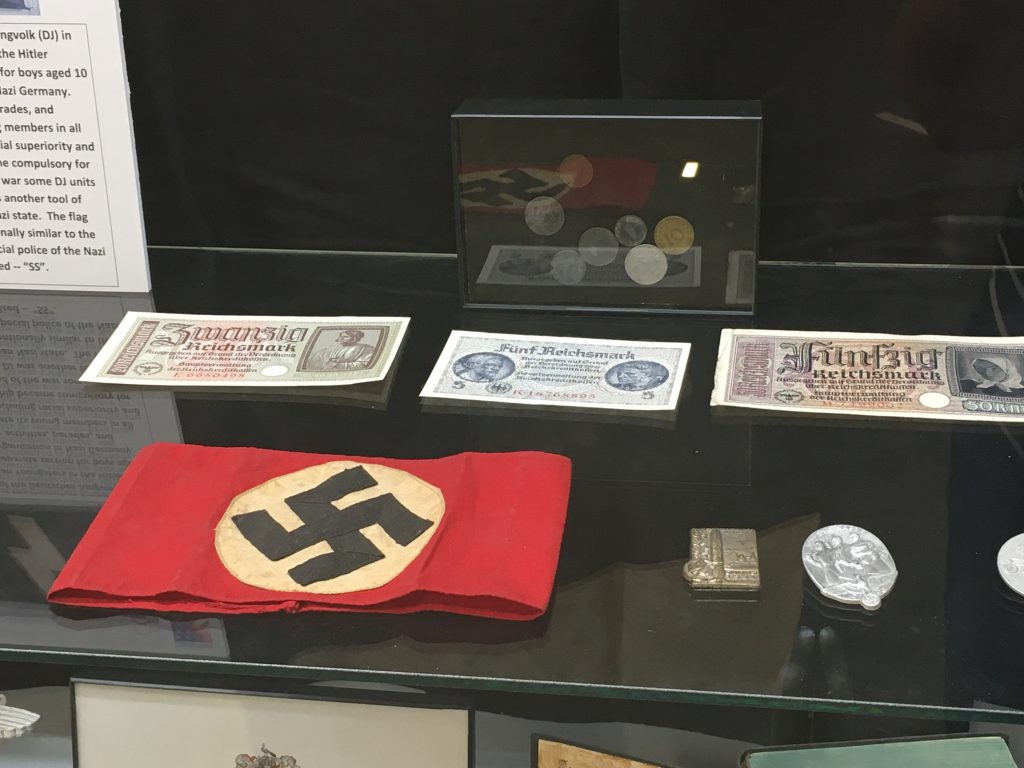
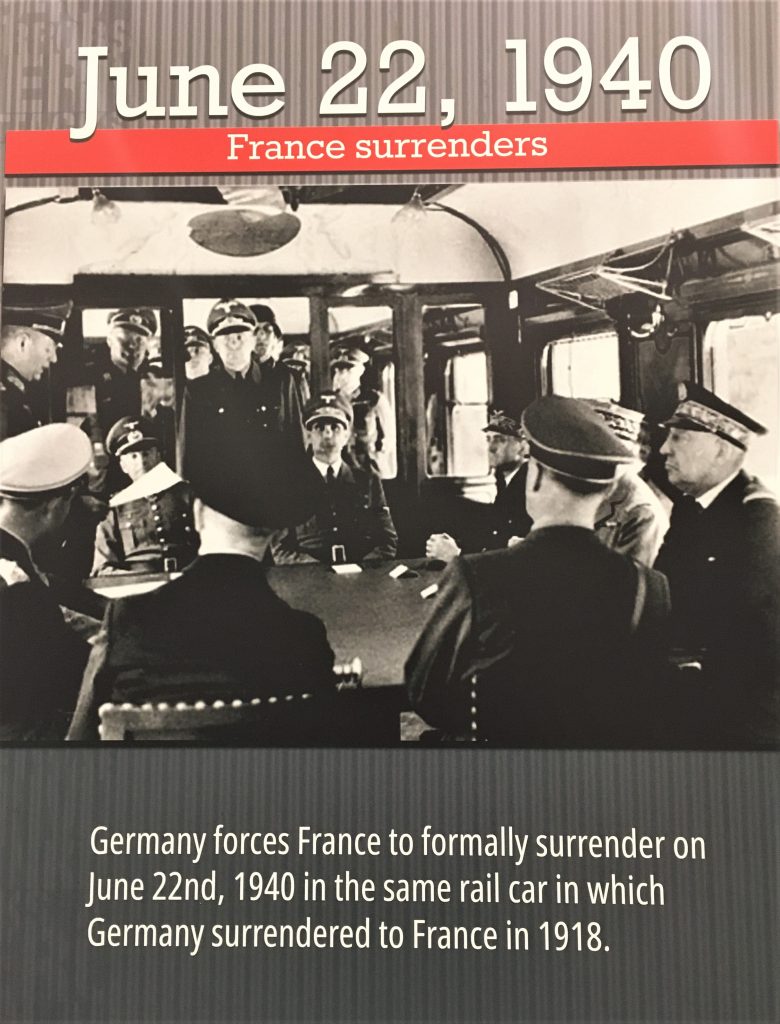
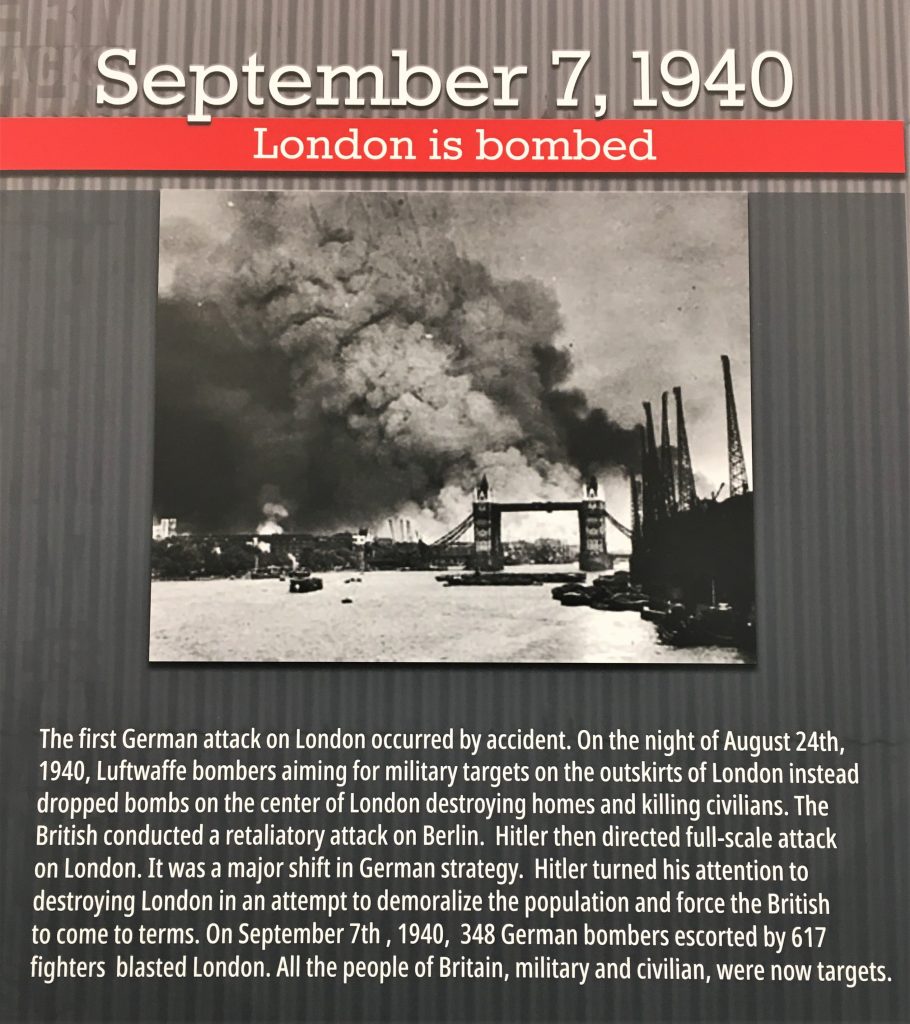
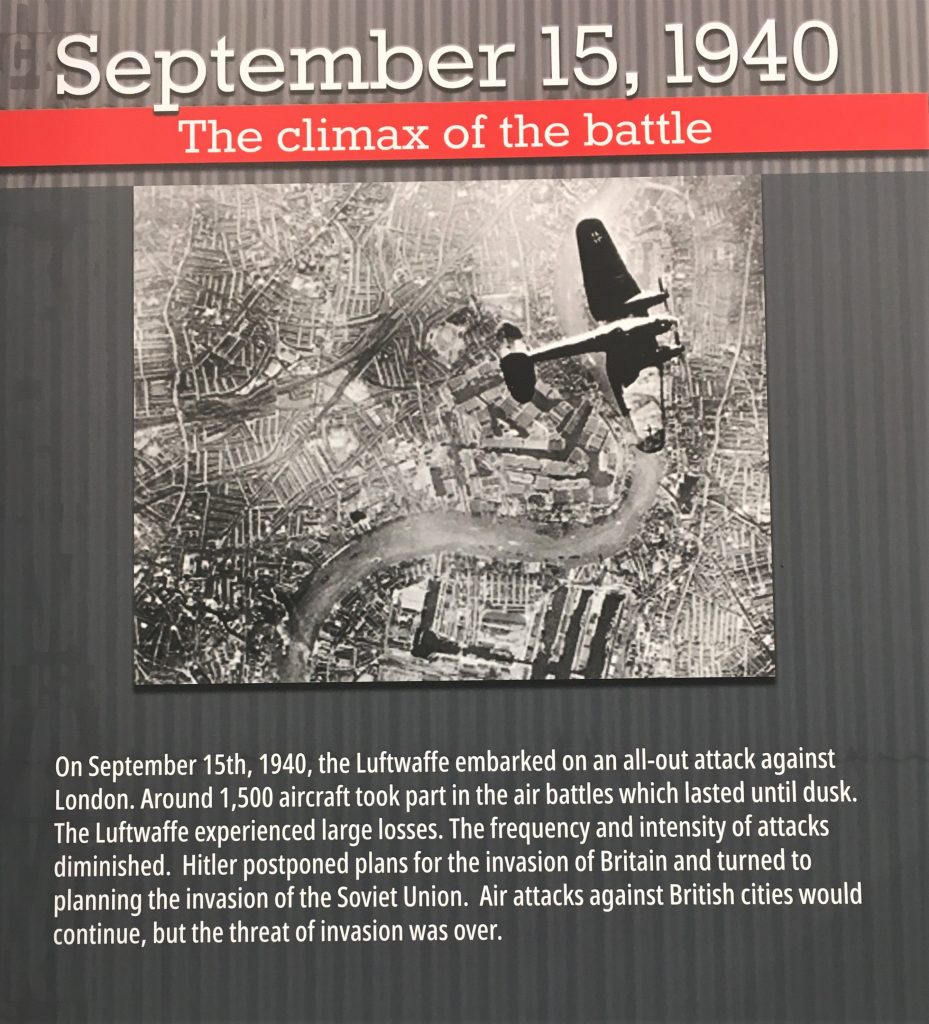
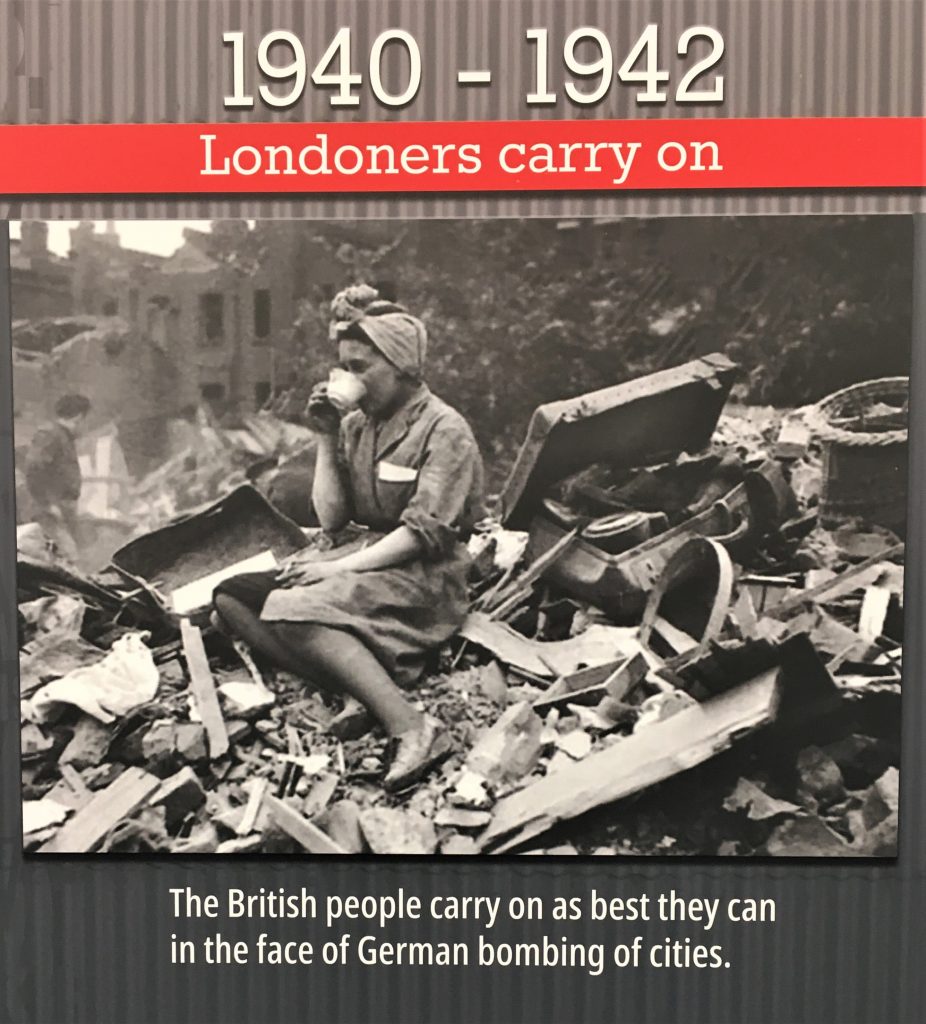
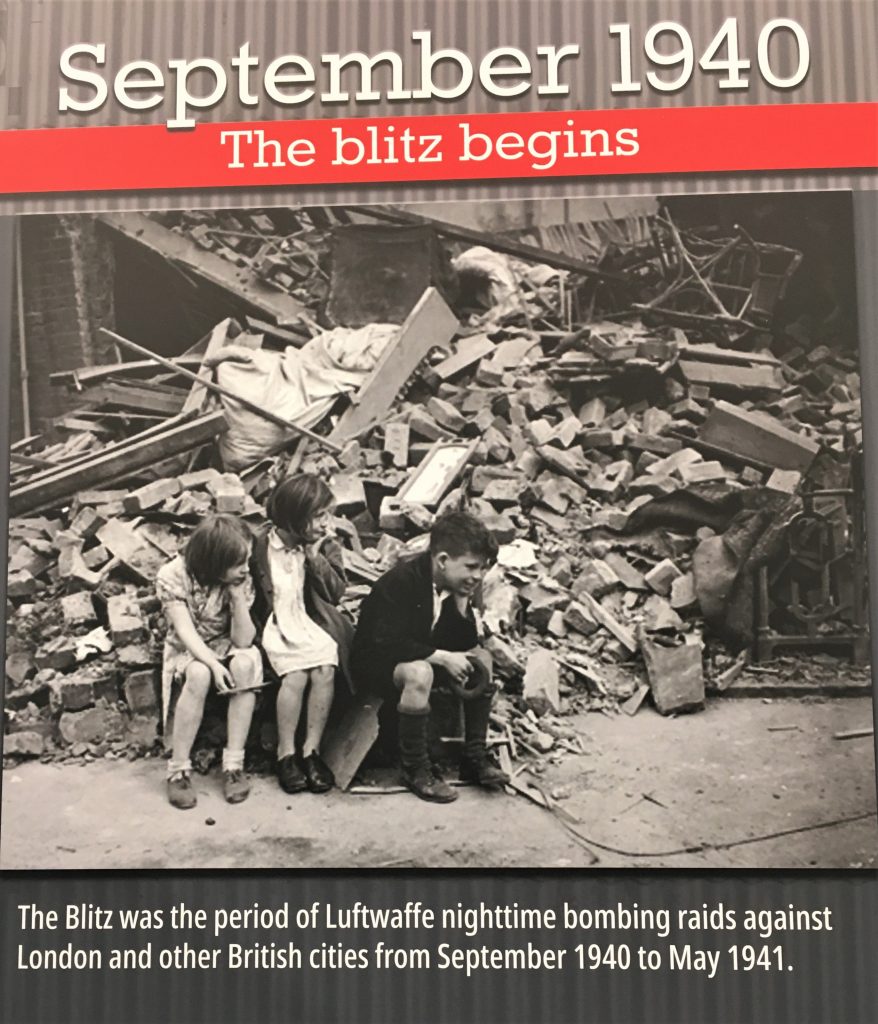
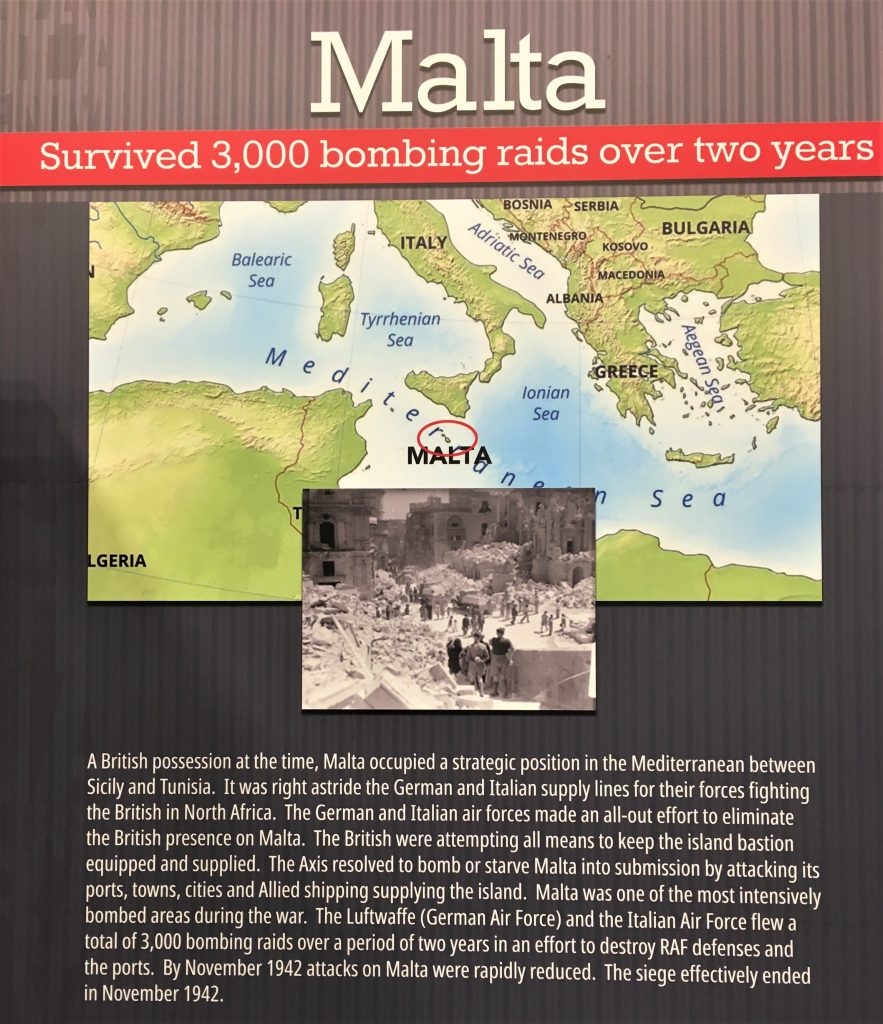
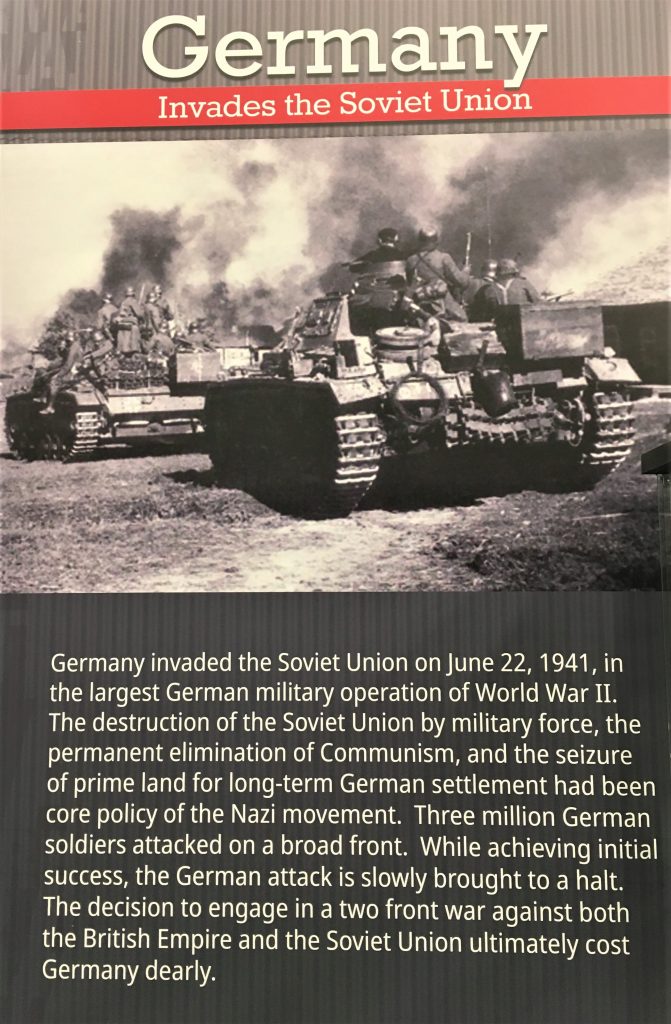
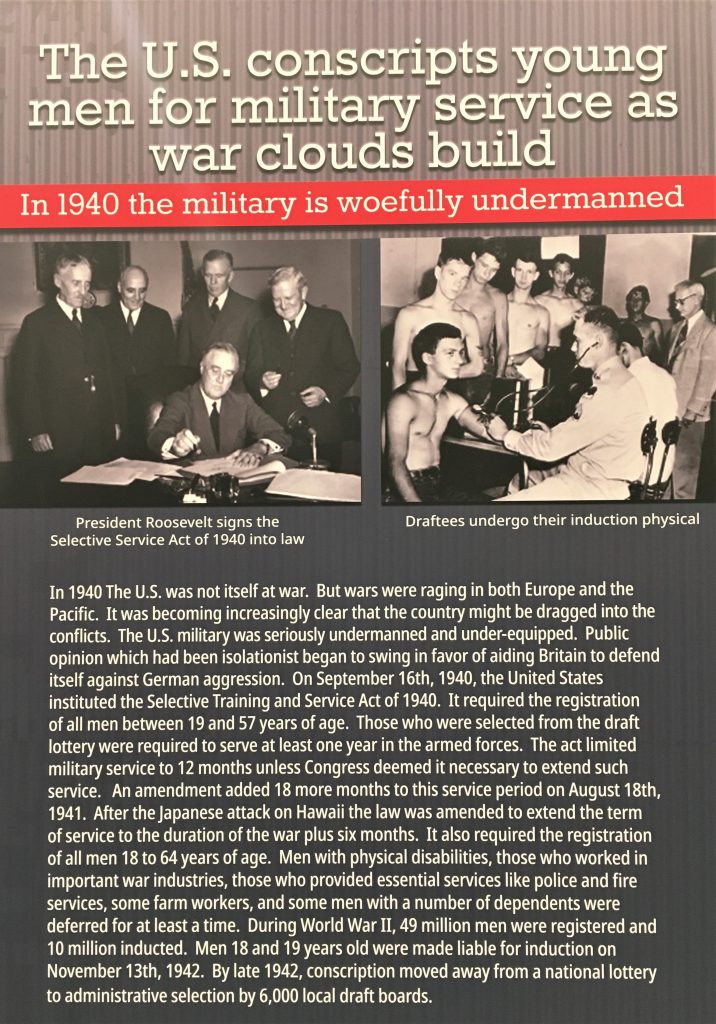
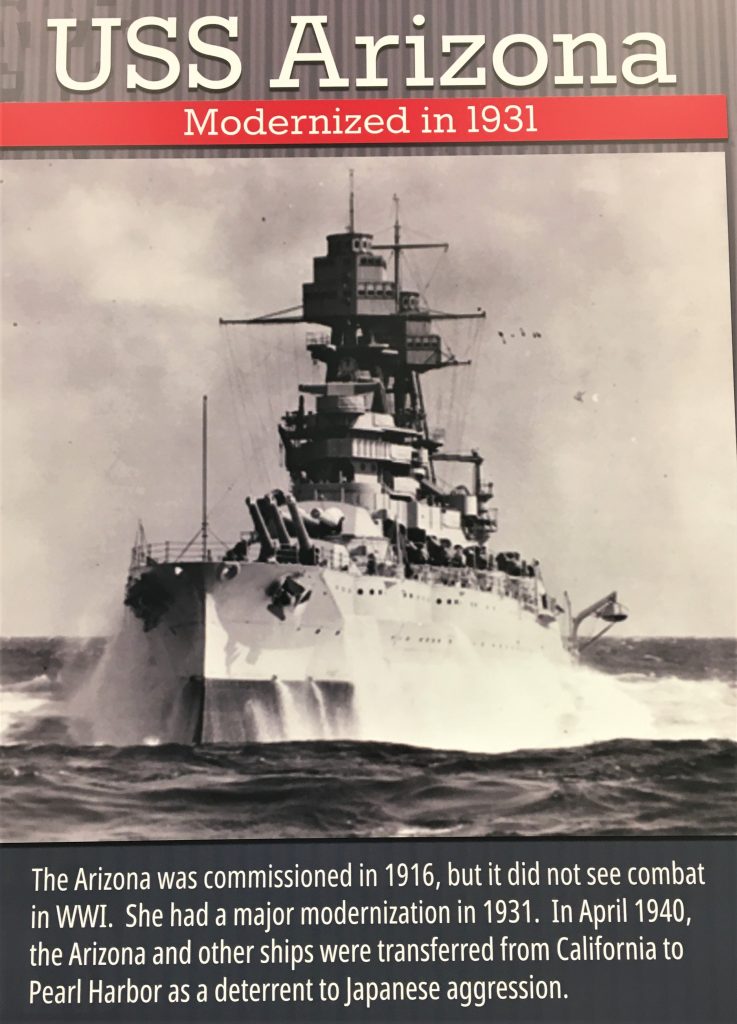
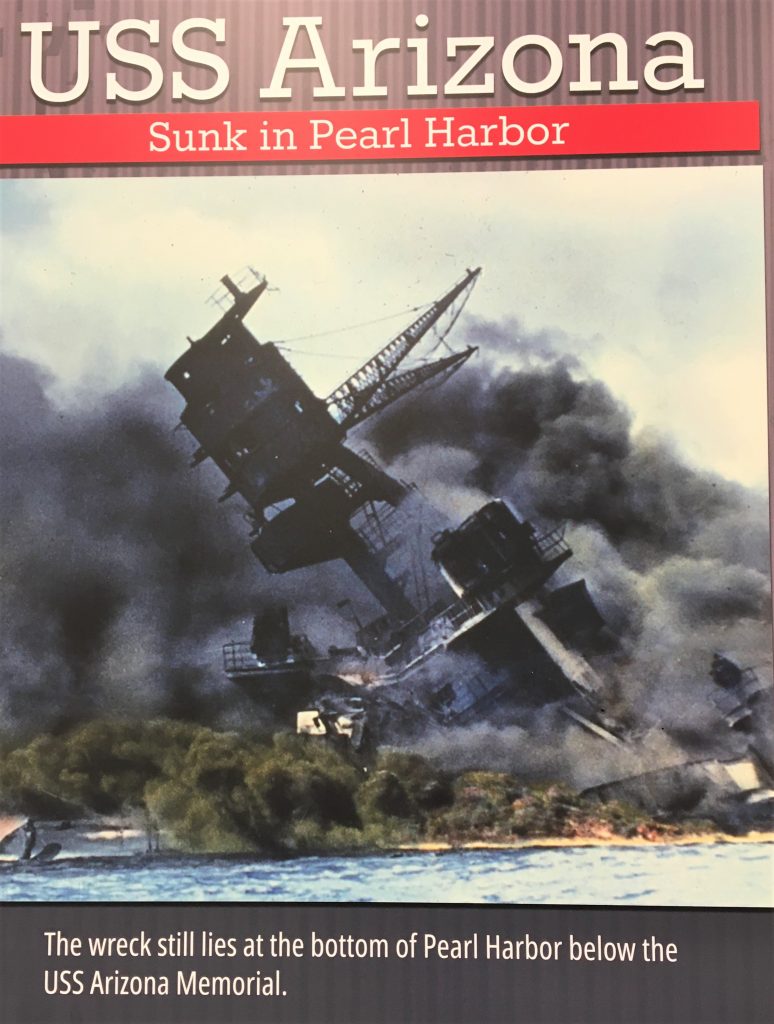
It was an extremely moving experience.
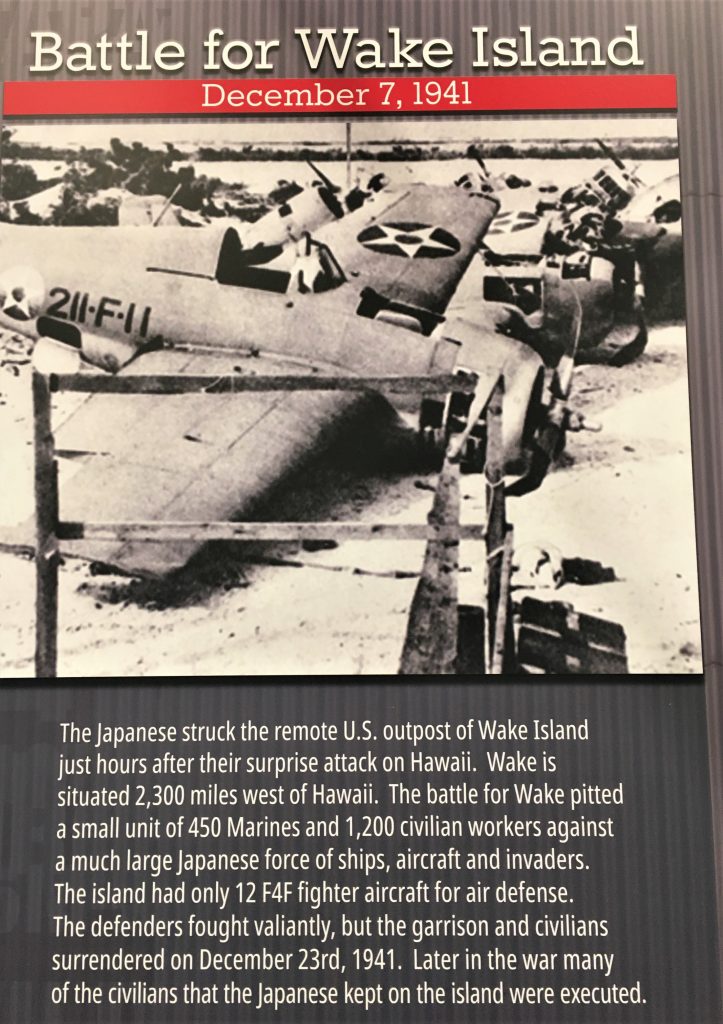
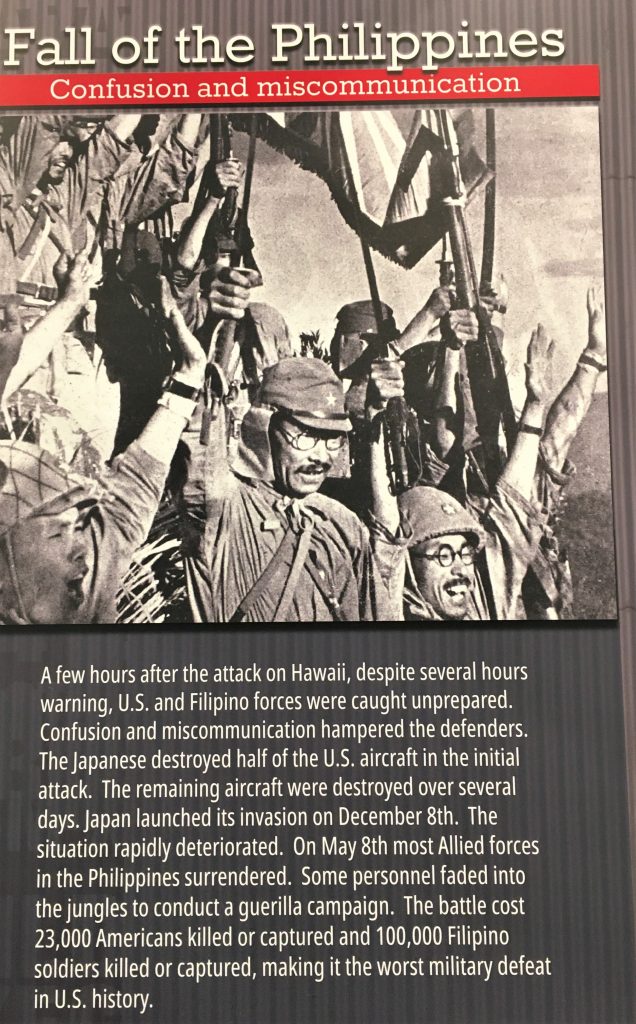
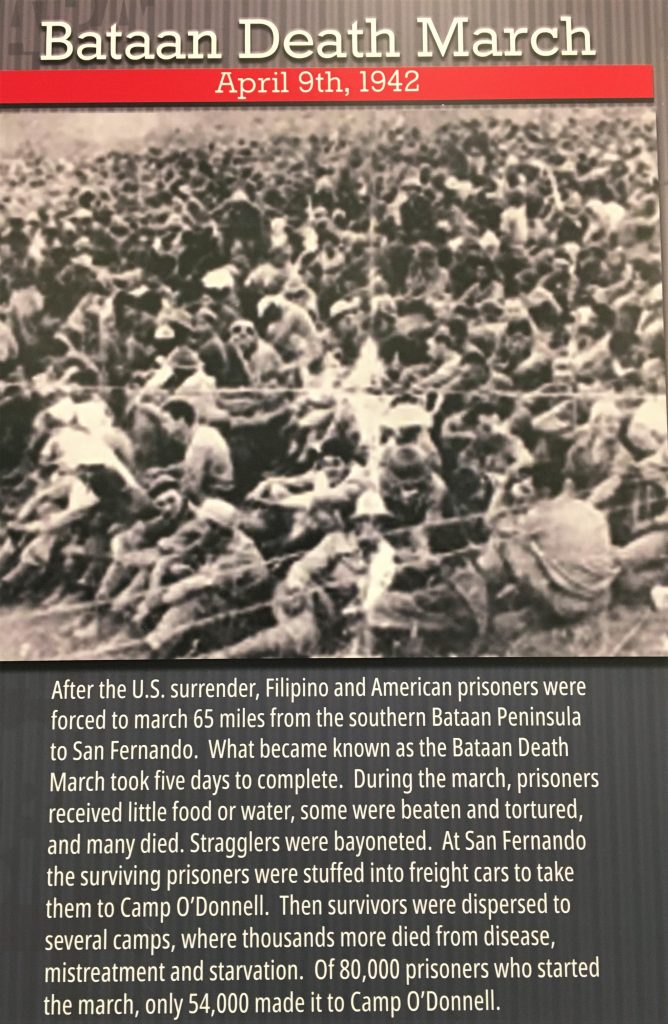
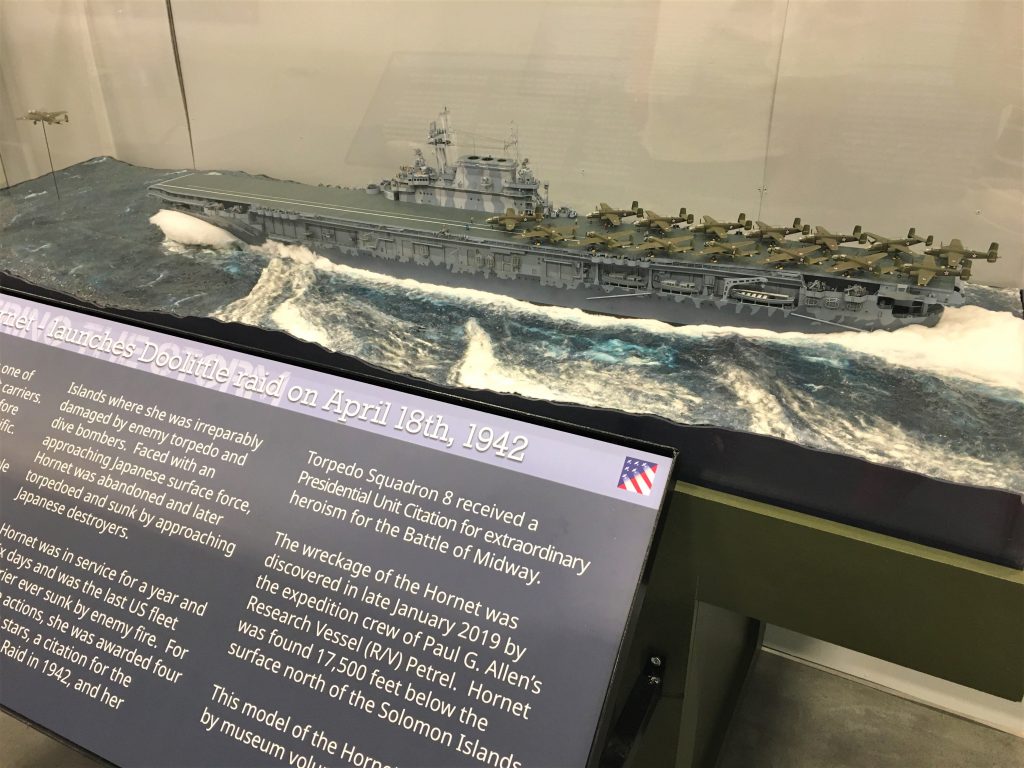
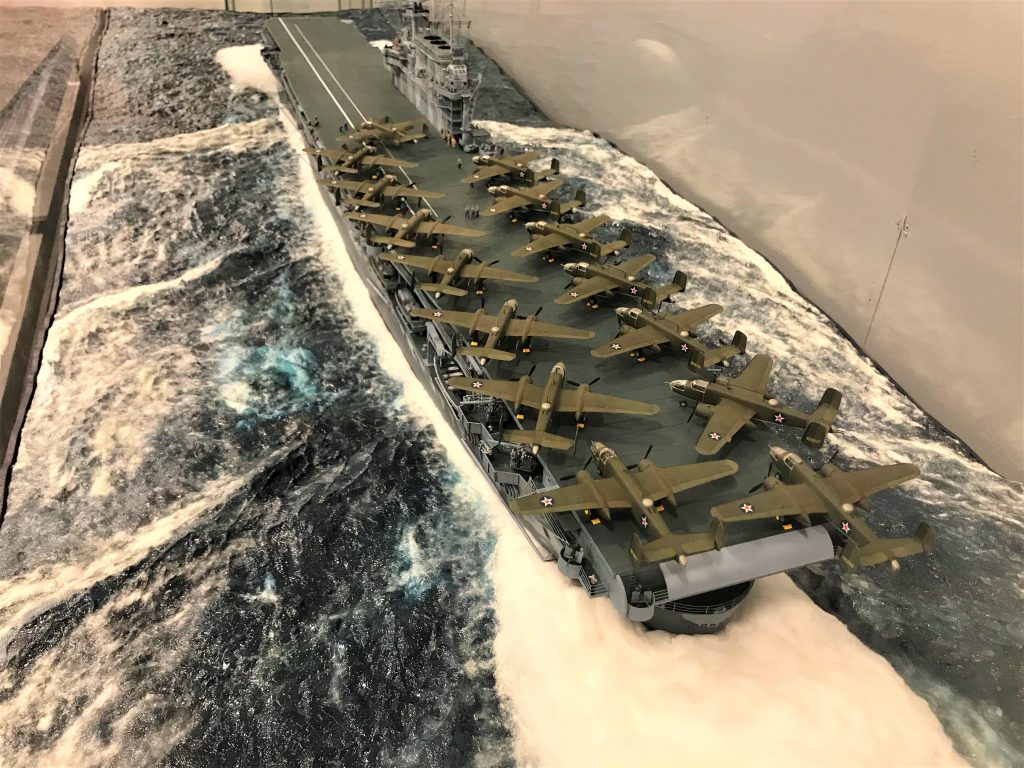
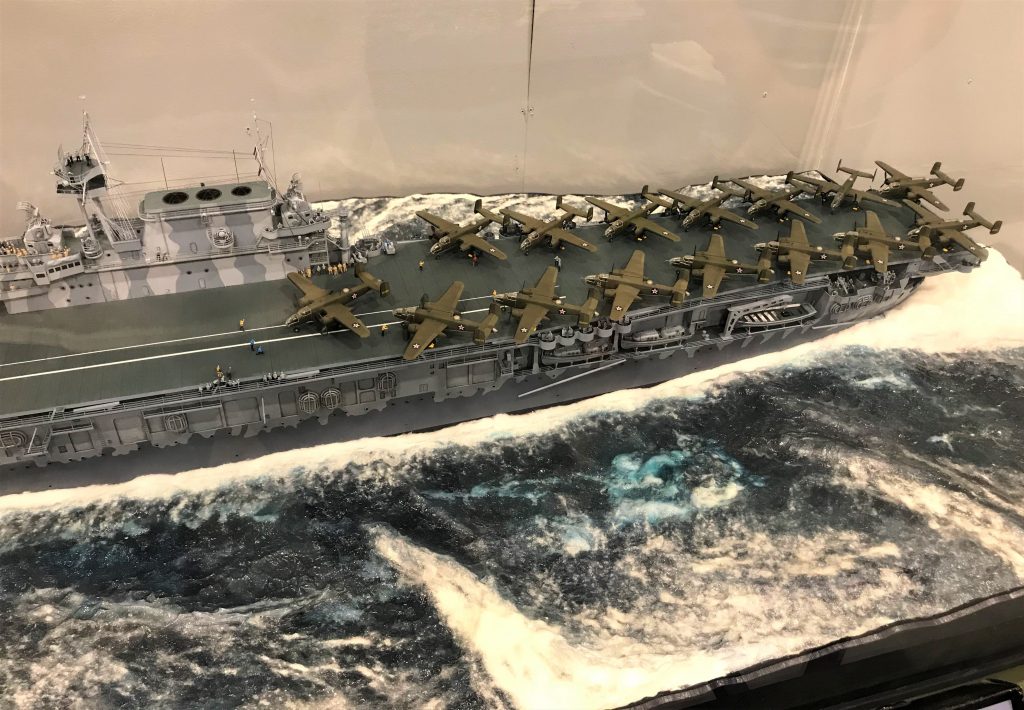
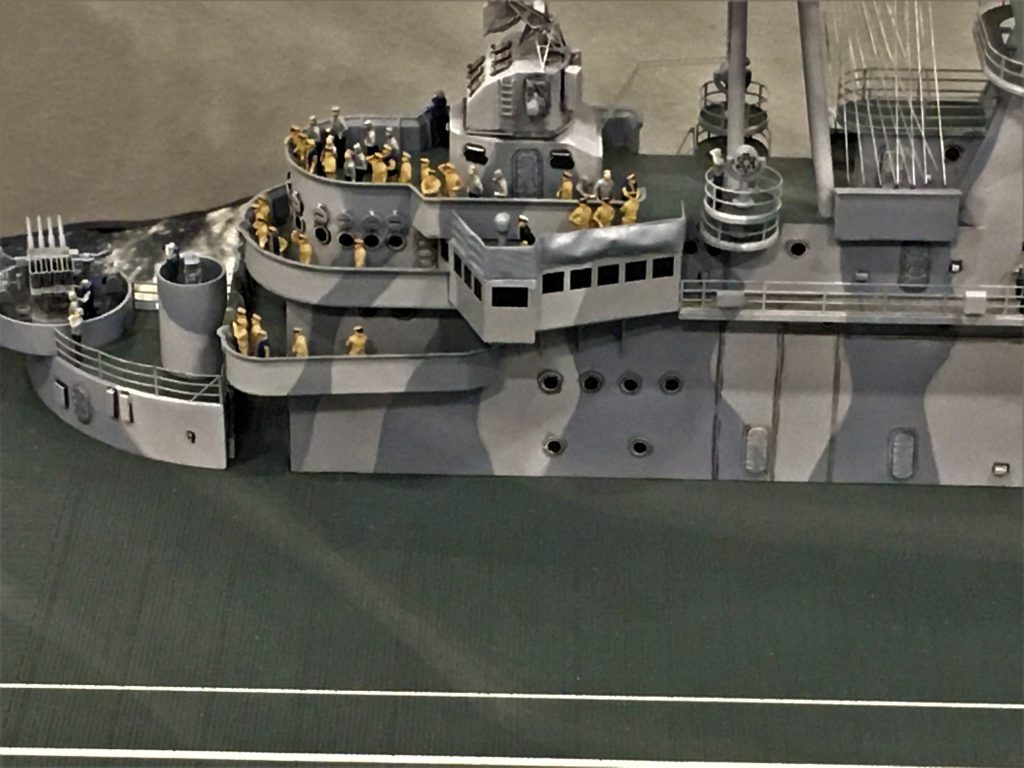

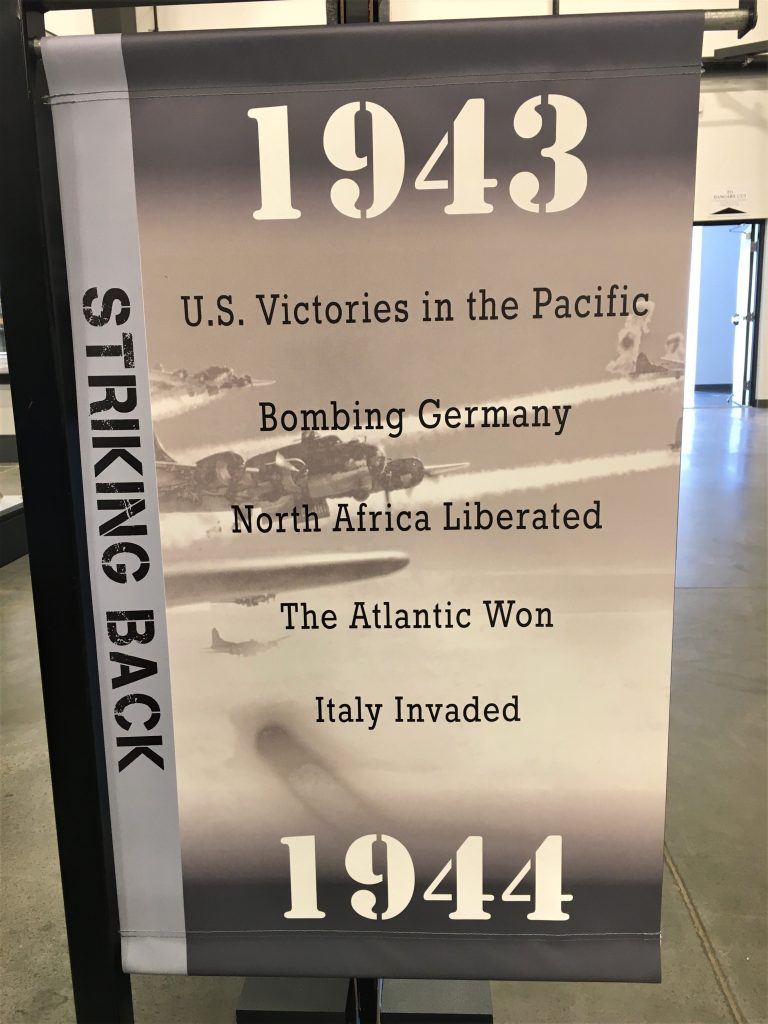
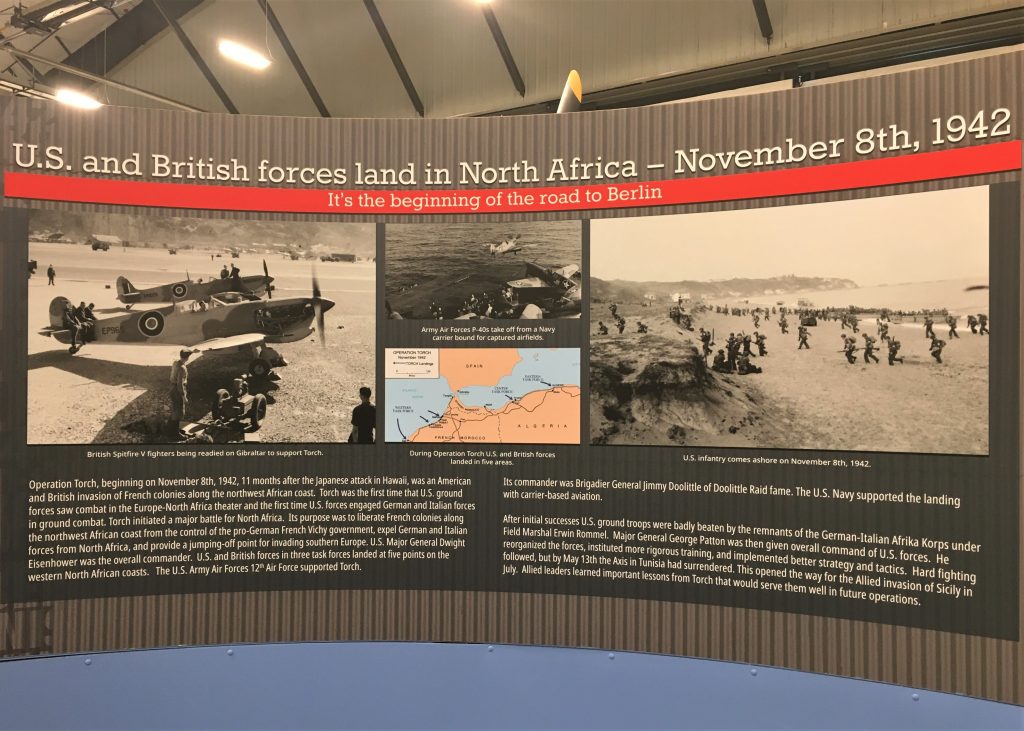
One night, he and a buddy went AWOL, but managed to avoid disciplinary actions,
because they brought back a prisoner with them.
He was always a bit ornery! lol!
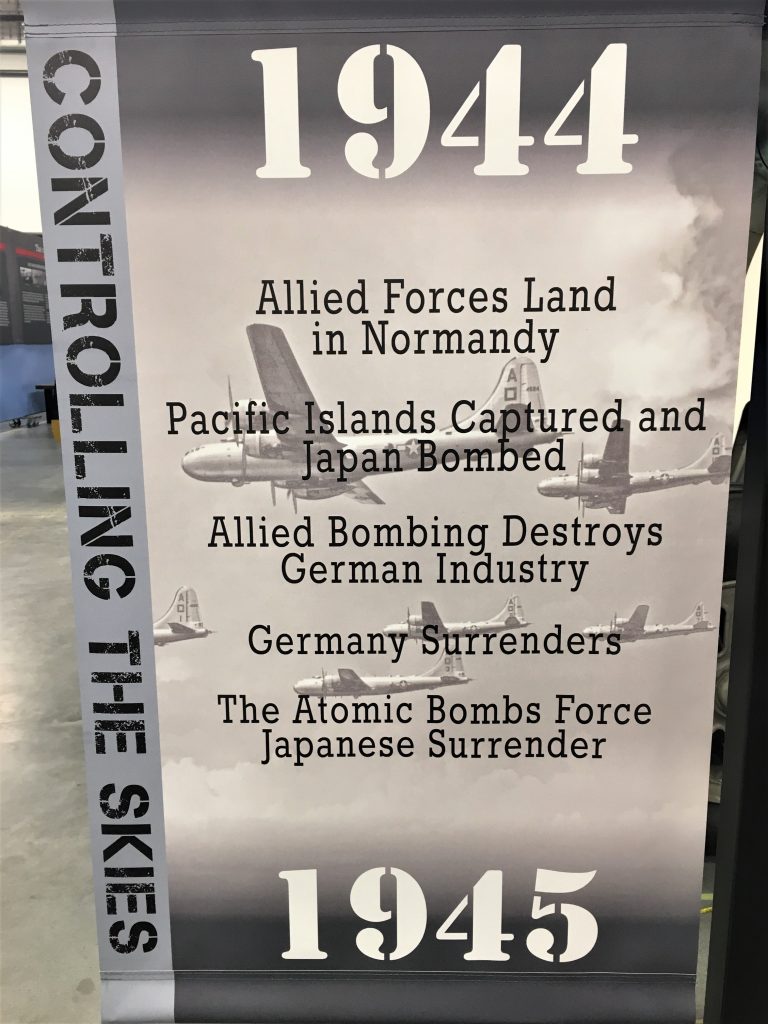
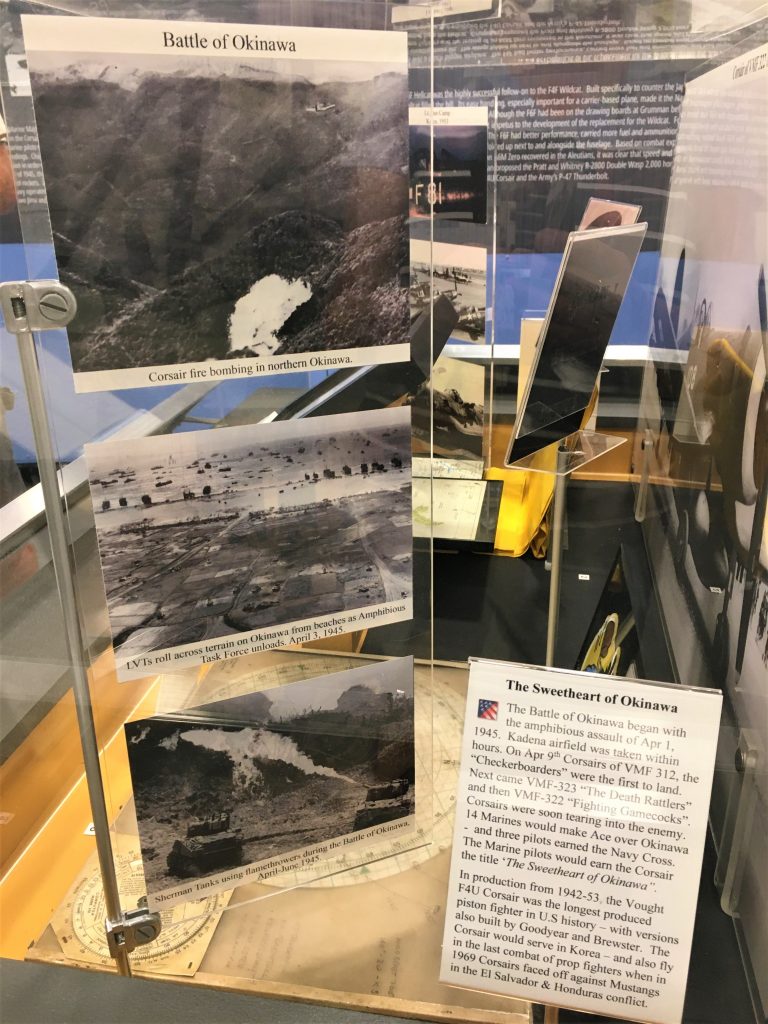

My Aunt Mitchi has always been a terrific addition to our family. : )
